“Rather than telling how good you are, successful PR is about relevant information while promoting your business.”
PR is usually mistaken as an approach to acquiring links from big publication houses or authoritative websites (in the case of digital PR). In reality, PR – Public Relations – is a process of building a relationship with the public.
Since its first-hand use in the late 19th century by showman P.T. Barnum to promote his circus, PR has come a long way. Today, its most popular and common form is digital PR, which does exactly what traditional PR did but online.
Digital PR Strategy
Digital PR strategy is not only a tactic that helps build your brand name – It’s actually a great way to get coverage in the publications of your niche. People often mistake this online marketing strategy for being easy, like its traditional counterpart. However, it needs a lot of time and effort.
But, don’t worry, it is pretty normal to make assumptions when you are not familiar with the concept.
We were in the same place as you a long time ago, but with constant hit and trials, we have learned the basics and the depths of digital public relations strategy.
One thing we know for sure is that posting generic blogs or irrelevant social media posts will never get the kind of traction that you think.
It’s about being a “SOURCE MAGNET” for the public and feeding them information they have never known but are keen on learning about.
“SOURCE MAGNET?
Don’t confuse it with an actual one, although this strategy is known to make your site a source that journalists and industry leaders are attracted to!”
Remember!
Being connected and having relationships with journalists can help, but unfortunately, it is not entirely about connection and knowing the right people!
Key Points To Differentiate Between Traditional & Digital PR
With the motive to achieve the same outcome, both traditional and digital channels are vitally important for the success of the company.
Same but alike, these channels can be used in various ways – can be combined or used differently for optimized marketing outreach.
But how are they alike?
| Key Features | Traditional PR | Digital PR |
| Platform | Print, TV, Radio | Online |
| Networking | Face-To-Face | Through Social Channels |
| Creativity | Lesser Scope for Creativity | Produce Highly Creative Content |
| Engagement | One-Way | Two-Way |
| Success Rate | Difficult to Measure | Tangible Results |
| Cost | Expensive Ads Placements & Production Costs | Cost Effective |
| Reach | Limited Reach | Greater Reach |
| Measuring Effectiveness | Relies on Subjective Methods | Offers Accurate Tracking & Measurements of Results |
| Modes Of Delivery | Newspaper, Magazines,
Television, Radio, Events |
Online News Sources, Video Platforms, Social Media, Websites, Blogs |
| Benefit | Straightforward Approach | Unique & Flexible Approach |
| PR Examples | Press Releases, Trade Shows & Interviews | Social Media, Digital Platforms |
Traditional Vs Digital?
Making a decision between either of the two boils down to what results you are expecting for your business. And obviously, there would be no answer!
Even though both these practices have different approach they share the same goals which makes it even better if companies employ both these online PR strategies together.
FOR EXAMPLE –
Recently, Duolingo used a PR strategy where they focused more on influencer and user generated content over traditional PR tactics like press releases or paid campaigns to generate organic buzz and viral attention (however not completely ignoring it).

WHAT THEY DID DO?
The brand send their ten employees decked out as their iconic Duo owl mascot at the Charli XCX’s “Sweat” tour. They invested in pit tickets to ensure having a prime spot for their clever PR stunt as the concert was the hotspot for social media buzz.
They even leveraged Charli XCX’s song lyrics, which playfully mention speaking different languages, to create a memorable tie with Duolingo’s mission.
WHAT WERE THE RESULTS?
Millions of impressions in UGC (user-generated content), a mention by Pop Base, and a feature from the official SWEAT tour
What Does PR Do For You?
With the goal to build your brand awareness and have some sentiments lingering around, PR has always been essential to the success of growing brands. The best part is that sales are a natural byproduct of this marketing practice.
The right digital public relations strategy benefits in a way you can’t imagine –
1. Improves Your Brand Awareness & Visibility
It is for sure that a well-shaped PR strategy has the potential to attract more customers to your business by highlighting your brand, products and services differently than your competitors.
For Example, Rihanna’s use of make-up from the brand Fenty Beauty during the 2023 halftime show of the Super Bowl made a great buzz. This simple and effective PR stunt shows the power of having your message or product placement in front of the target audience.
Take a bow, Rihanna!! 👏 thoughts on that performance? #SuperBowlLVII pic.twitter.com/bQBGZxV4om
— E! News (@enews) February 13, 2023
According to Cosmetics Business, Google searches for Fenty Beauty increased by 883% immediately after her performance, and Launchmetrics calculated that her performance generated $11.3 million of Media Impact Value for Fenty Beauty in the week after the Super Bowl.
2. Boost Sales, Traffic & Leads
A good PR has a direct impact on website traffic, with improvements in search rankings, backlinks, and brand visibility. With the eventual increase in the trust of your potential customers in you, digital PR is even a great tool for increasing your sales.
For Example – Putting up ‘Barbie’s Malibu Dreamhouse” on AirBnB for people to book and stay in around the release of the “BARBIE” movie helped improve the buzz. Due to limited availability, the touch of exclusivity made people more excited for it.
3. Establish The Brand As An Authority
Contributing articles, blog posts, and interviews to relevant publications can position your business as a credible source in your industry. It’s a great way to attract potential customers who are seeking reliable information and solutions.
For Example – A study by Homebuyer.com on “The Most Affordable Cities To Buy A House.” The list of 800 cities is divided into four sections – an overall list of affordable cities and a list of affordable large, medium, and small cities.

This post got a lot of traction from the high-authority media like Yahoo, Lifehacker, and local news sites for top-ranking cities like Chicago and Cleveland.
This pitch has a traffic potential of 3.6k monthly searches. Homebuyer.com rank #5, and it has bought in over 80 LRD (Linking root domains, aka backlinks from unique sites.)
4. Boost SEO Scores
A good online reputation can give you strong backlinks, and digital SEO is a great exercise to improve your SEO.
By keeping your PR performance consistent, you’ll obtain high-quality backlinks from authoritative sites in your industry. The only thing important is to be sure that the link you get adds value to your business.
For Example – Hubspot complies lists of statistics in their posts along with research which is a shareable asset. They pitch their reports and in return get links from high-authority marketing industry sites.

With this strategy, they by far, have received links from highly authoritative industry sites like Inc.com, Huffington Post, Entrepreneur, and CBS News, as well as marketing sites like Shopify and Salesforce.
5. Cost Effective Marketing
Most digital PR tactics can be executed without significant advertising costs by utilizing free platforms and tools. However, gradually, with improved results, you can increase your budget to expand your reach further.
For Example – In the year 2014, Tinder collaborated with an American animal rescue group to use its dating platform to connect singles with dogs available for adoption. This PR campaign was a great success, resulting in over 2,000 matches in its first week.
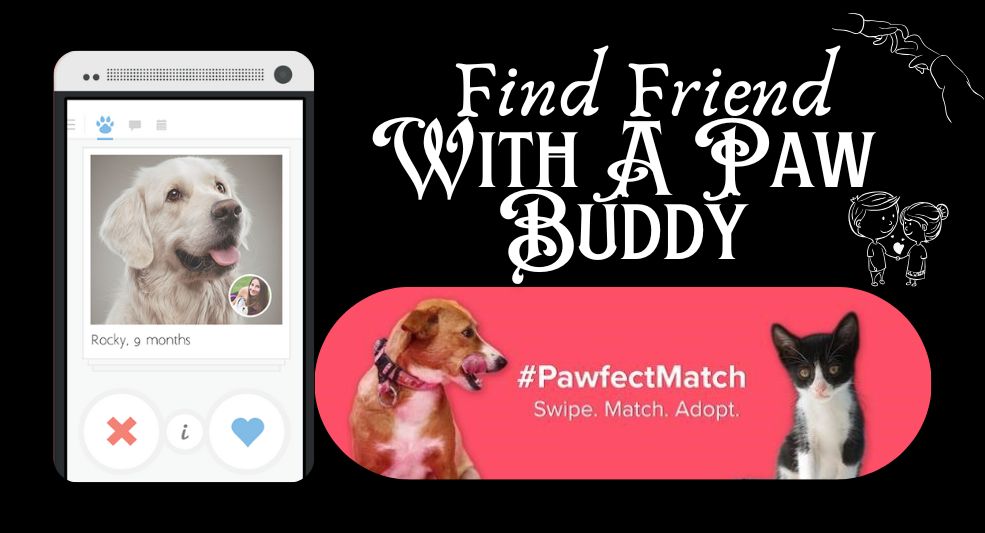
This campaign made “Dog Lover” a popular interest on Tinder. Besides, it even organized ” dog walk dates” and promoted pet adoption and volunteering opportunities at the organization taking care of the pets.
Essential Digital PR Tools
Public relations professionals leverage the right tools to match up with the ever changing digital landscape. While the marketing technology space offers a plethora of options, this list highlights the most essential digital PR tools to enhance your campaigns.
1. Measurement & Analysis Tools
-
Google Analytics
Beyond tracking website traffic, Google Analytics provides invaluable insights into user behavior, conversion rates, and the effectiveness of your PR efforts.

-
Google Search Console
Monitor search engine performance, identify keywords driving traffic, and uncover valuable SEO opportunities.

-
Ahrefs
Gain a competitive edge by analyzing backlinks, identifying potential link-building opportunities, and tracking your domain’s authority.
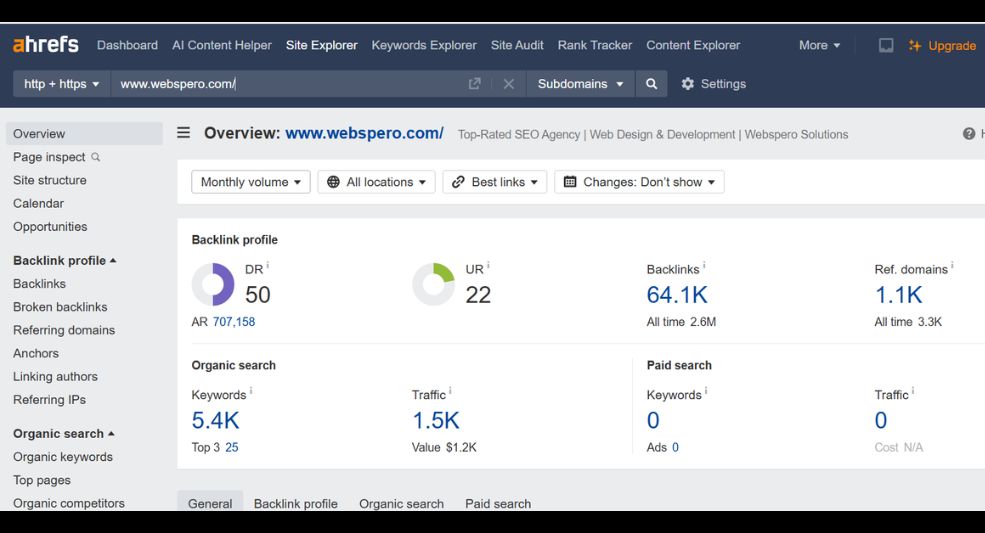
-
Majestic
Assess the trustworthiness and authority of external websites, ensuring that your brand is associated with reputable sources.

2. Outreach & Engagement Tools
-
Media Outreach
Connect with journalists seeking expert sources, providing a unique opportunity for media coverage.

-
BuzzSumo
Discover trending topics, identify influential figures, and analyze content performance to optimize your outreach strategy.

-
Tineye
Reverse image search to identify potential copyright infringements, track image usage, and find relevant content.

- Gmail
A reliable email platform for building relationships with journalists, bloggers, and influencers.

Network with industry professionals, identify potential partners and share your content with a targeted audience.

3. Additional Important Tools
-
Brandwatch
Monitor online conversations, track mentions, and analyze sentiment to understand public perception.

-
Canva
Create visually appealing graphics, presentations, and social media content to enhance your brand’s online presence.
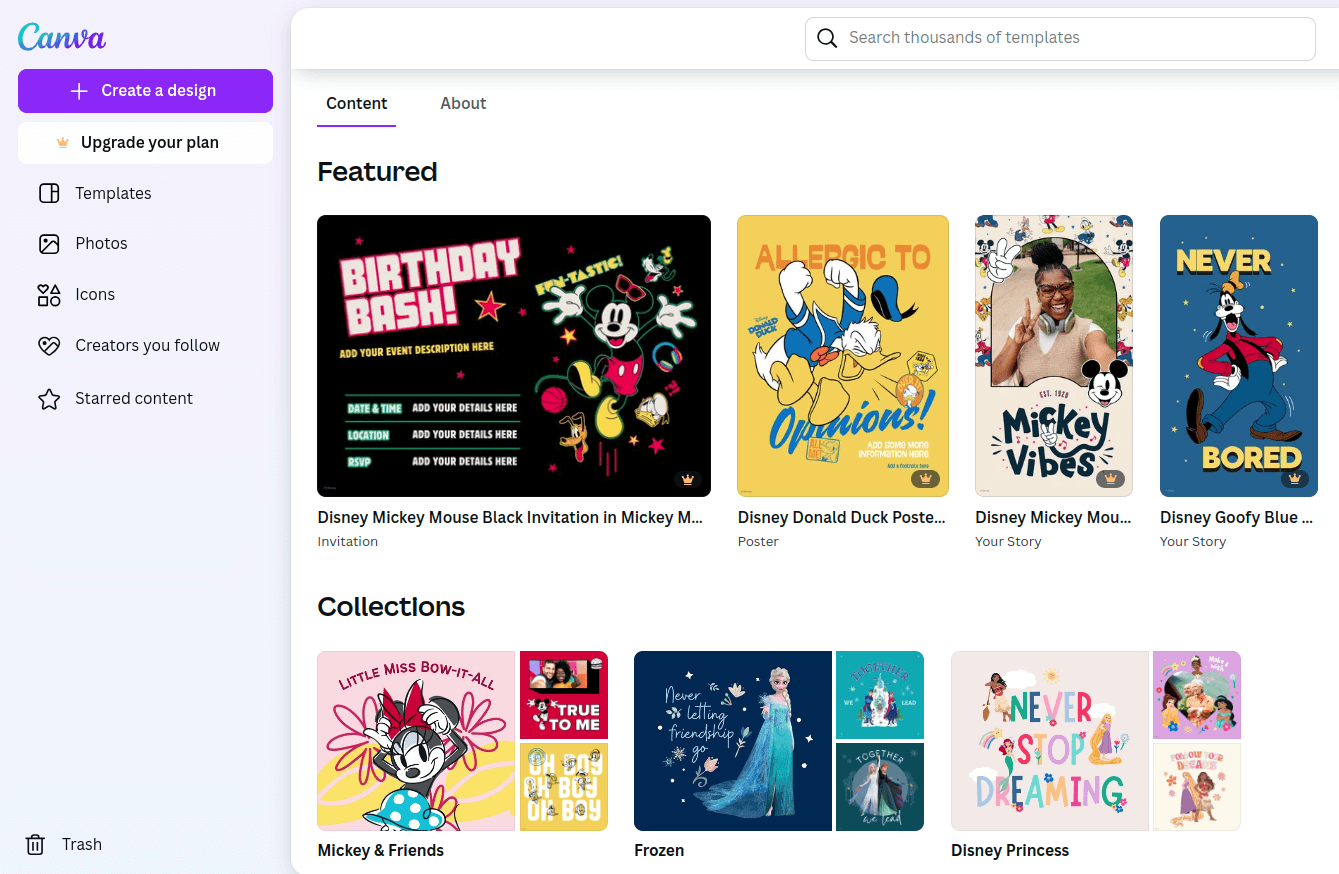
-
Hootsuite
Manage social media profiles, schedule posts, and engage with your audience across multiple platforms.
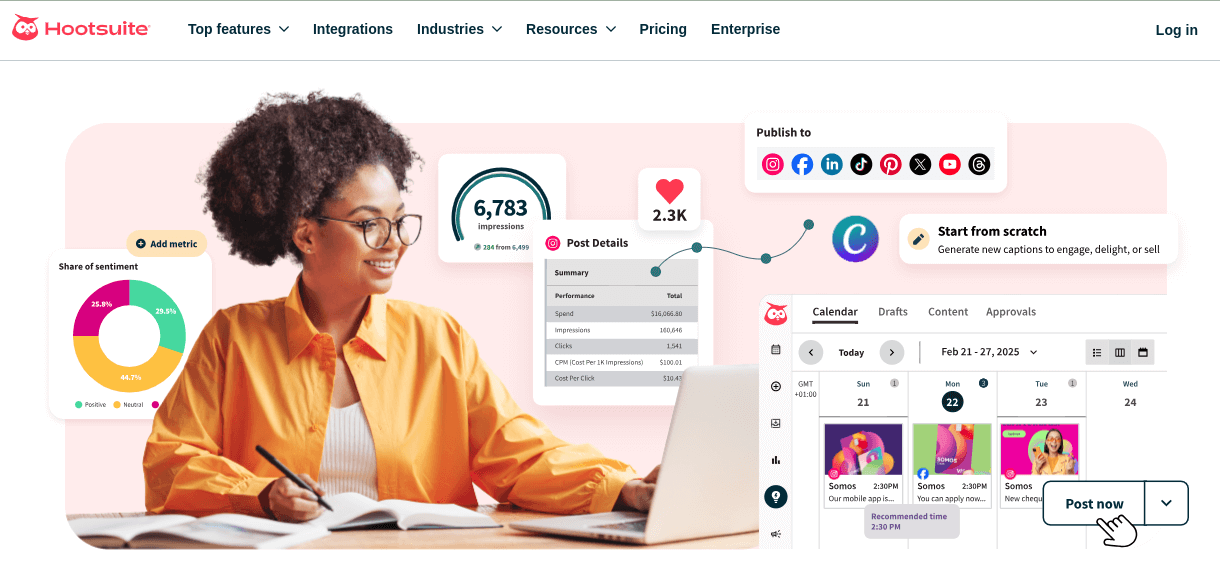
-
Grammarly
Ensure your writing is error-free and professional, leaving a positive impression on your audience.

Stages Of Executing A Digital PR Campaign
Executing a digital PR campaign takes place in several stages –
Stage 1 – Ideation
Bring out your ideas for a newsworthy campaign.
Need to come up with a topic that is relevant to your niche but extremely shareable, such as
- Surveys
- Industry Reports and Data Studies
- Contest
- Expert opinions
- Case Studies

Hack 1 – To make your campaign a success is to ensure that your topic is trending and is currently on the minds of the masses.
“Use examples of different incidents and make use of ChatGPT to create something unique for Digital PR.”
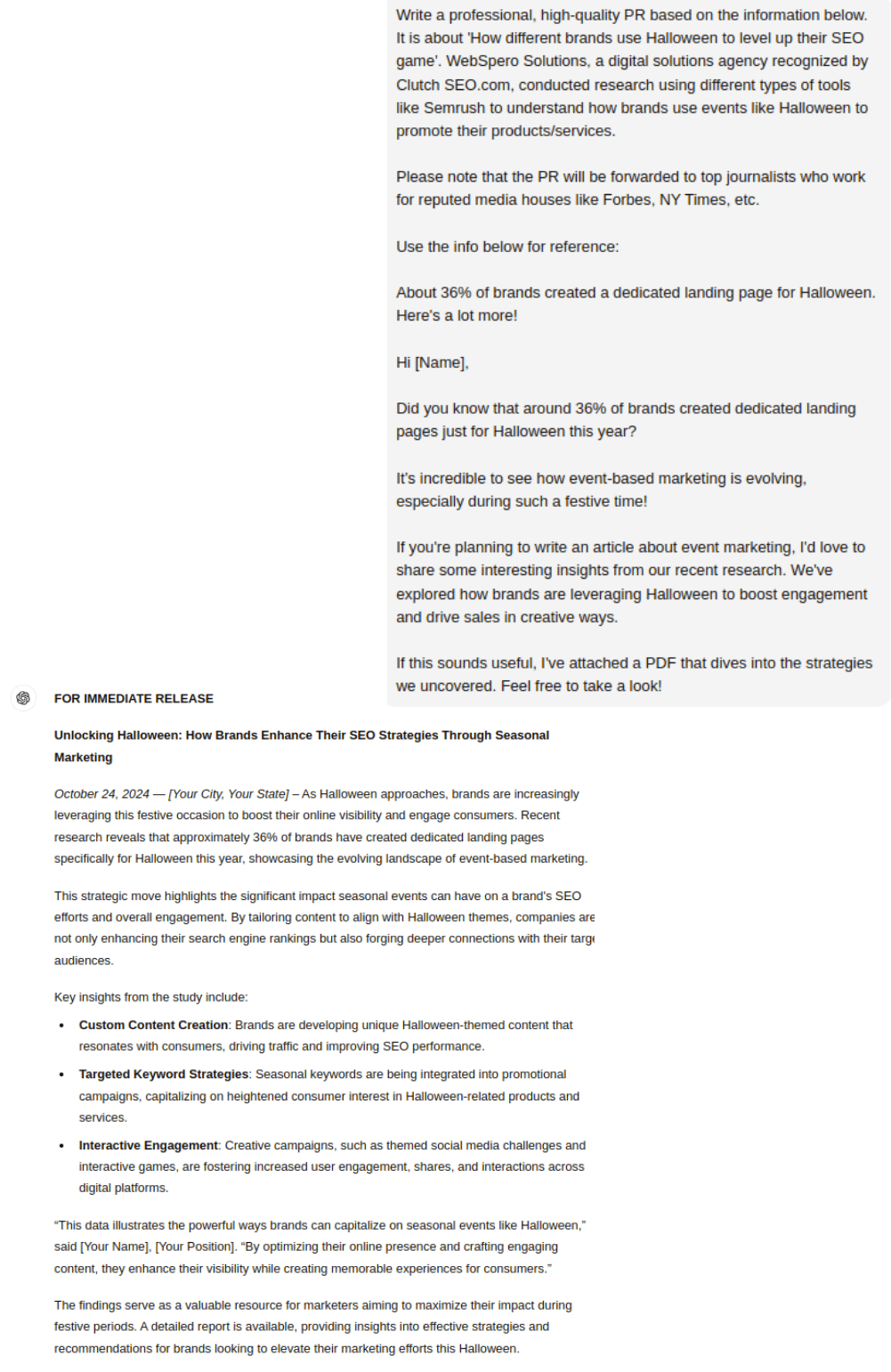
Hack 2 – Put a negative spin (As people are conditioned to pay more attention to sad news
Stage 2 – Data Collection
If you are doing a survey or checking an industry report, here’s where you can collect the data –
- Easy survey (run them yourself; it is best if you have an email list)
- Use paid ads for survey
- Compile existing data from public sources for your survey

We all know that data is so easy to find online, but to make it easier, we have some specific websites for you –
- For Govt. Data – usa.gov, data.gov, UK Data Service, Eurostat, Statistics Canada
- For International Database – World Bank Open Data, United Nations Data
- Specialized Data – Pew Research Center, FBI CRime Data Explorer, CDC
Henceforth, collecting data would not be an issue.
Stage 3 – Contacting Journalists
Once you have your story created, now the question is how you are going to get it in front of the right journalists who will publish it. The best tool for this purpose is – Prowly
It lets you search for journalists based on location, language, topic, and media type.
Other than Prowly is MuckRack, which is apparently more expensive.
In case you want to save money on the tool, you can search manually – site:telegraph.co.uk intitle:food
Once you have a list of the desired journalist along with their email address, it is finally time to pitch your article.
Stage 4 – Creating The Email Pitch
Creating the email to pitch your content is a piece of work that requires careful attention.
Basic guidelines –
- Have a clear subject line
- Be personal
- Explain the relevance of the content
- Be as brief as you can (Cover who, what, where, when, how and why as fast as possible)
- Include a press release
- Add a quote
The success of the campaign depends on –
- Timing
- Relevance
- Scalability
Also, it won’t help if your outreach sucks!
According to a hypothesis, one reason for the failure could be that journalist relations are built over time, and being a newbie with no relations. And another could be the lack of purpose and connectivity in the pitches.
Important
#Pitch emails can go wrong if they are too wordy and long. Henceforth, it is best to keep them very particular and brief.

Pitching Mistakes PR Make | With Solutions To Avoid The Blunders
1. Asking Journalists To Meet For Discussions – 18%
Journalists are inundated with calls throughout the day, and direct phone pitches are often seen as invasive and disruptive. When you’re cold-calling to pitch a story, you’re not respecting their time or their preferred method of communication.
How To Avoid It
- Always reach out via email first.
- Craft a concise and engaging pitch that highlights the newsworthiness of your story.
- Once you’ve piqued their interest, suggest a call or meeting as a follow-up if needed.
2. Calling The Desired Person At The Busiest Hour Of The Day (Morning) – 23%
Calling a journalist during their peak work hours (typically in the morning) can be disruptive, as they’re often on tight deadlines and handling multiple tasks at once.
How To Avoid It
- Aim to reach out during quieter periods of the day—usually late morning or mid-afternoon.
- If you must call, make sure it’s by appointment or after you’ve already made initial contact via email.
3. Being Over Familiar Over The Phone Or Emails – 28%
Being too casual, overly familiar, or using informal language can come across as unprofessional. While building relationships with journalists is important, crossing boundaries can hurt your credibility.
How To Avoid It
- Maintain professionalism and respect in all communication.
- Use appropriate language and avoid being overly familiar unless you’ve built a strong rapport over time.
4. Pitching Stories That Are Already Up And Running – 43%
Journalists expect fresh, timely content. Pitching a story that’s already been widely covered or that lacks any new angle can result in the pitch being dismissed as redundant.
How To Avoid It
- Always check if the story has already been covered before you pitch it.
- If it has, find a unique angle or update on the story that gives it new relevance.
- Journalists appreciate timely, exclusive content.
5. Expecting A Little Too Much Branding In Editorial Coverage – 43%
Editorial coverage isn’t about promoting your brand—it’s about providing value to the audience through objective, informative, and engaging content. Overly self-promotional pitches can turn journalists off.
How To Avoid It
- Focus on the story, not just the brand.
- Provide journalists with information that is valuable to their readers.
- Offer insight, expertise, or interesting data that ties into their coverage rather than pushing your product or service.
6. Chasing People To Ask If The Story Will Be Published Right After The Initial Pitch – 49%
Following up too soon after sending a pitch can be perceived as pushy or impatient. Journalists have their own editorial schedules and need time to assess and decide whether to cover the story.
How To Avoid It
- Give journalists time to review your pitch—ideally 3-5 days before sending a polite follow-up.
- Avoid pestering them with constant requests for updates.
- Instead, be patient and respectful of their process.
7. Sending Branded Press Releases With Nothing Newsworthy – 59%
Journalists are bombarded with press releases, and if your release is simply a brand announcement with no real news or hook, it won’t stand out. Without a compelling angle, it won’t capture their attention.
How To Avoid It
- Ensure your press release contains a real story—whether it’s an event, a study, a partnership, or something that ties into broader trends.
- If it’s just a branding exercise, it’s likely to be ignored.
8. Pitching Irrelevant Stories That Make No Sense To What Your Desired Journalist Writes – 84%
Journalists specialize in particular topics. Pitching an irrelevant story—whether it’s outside their beat or doesn’t align with their audience—will almost certainly guarantee a rejection. This mistake shows a lack of research and understanding of the journalist’s work.
How To Avoid It
- Do your homework.
- Take the time to research the journalist’s past articles, their audience, and their specific interests.
- Tailor your pitch to make sure it aligns with the type of stories they typically cover.
9. Directly Calling To Pitch A PR Story – 89%
Journalists are inundated with calls throughout the day, and direct phone pitches are often seen as invasive and disruptive. When you’re cold-calling to pitch a story, you’re not respecting their time or their preferred method of communication.
How To Avoid It
- Always reach out via email first.
- Craft a concise and engaging pitch that highlights the newsworthiness of your story.
- Once you’ve piqued their interest, suggest a call or meeting as a follow-up if needed.
Digital PR Strategies We Use
1.Creating High-Quality Content
Producing informative, engaging, and shareable content that addresses the needs and interests of the audience. This could include blog posts, research articles, videos, articles, and even case studies.
- Content Pillar
- Topic Clusters
- Evergreen Content
- Visuals and Multimedia
For instance, we wrote a piece about CopyLeaks that everyone, no matter who was interested in learning about. It gained a lot of attention, bringing more traffic and leads to the business.
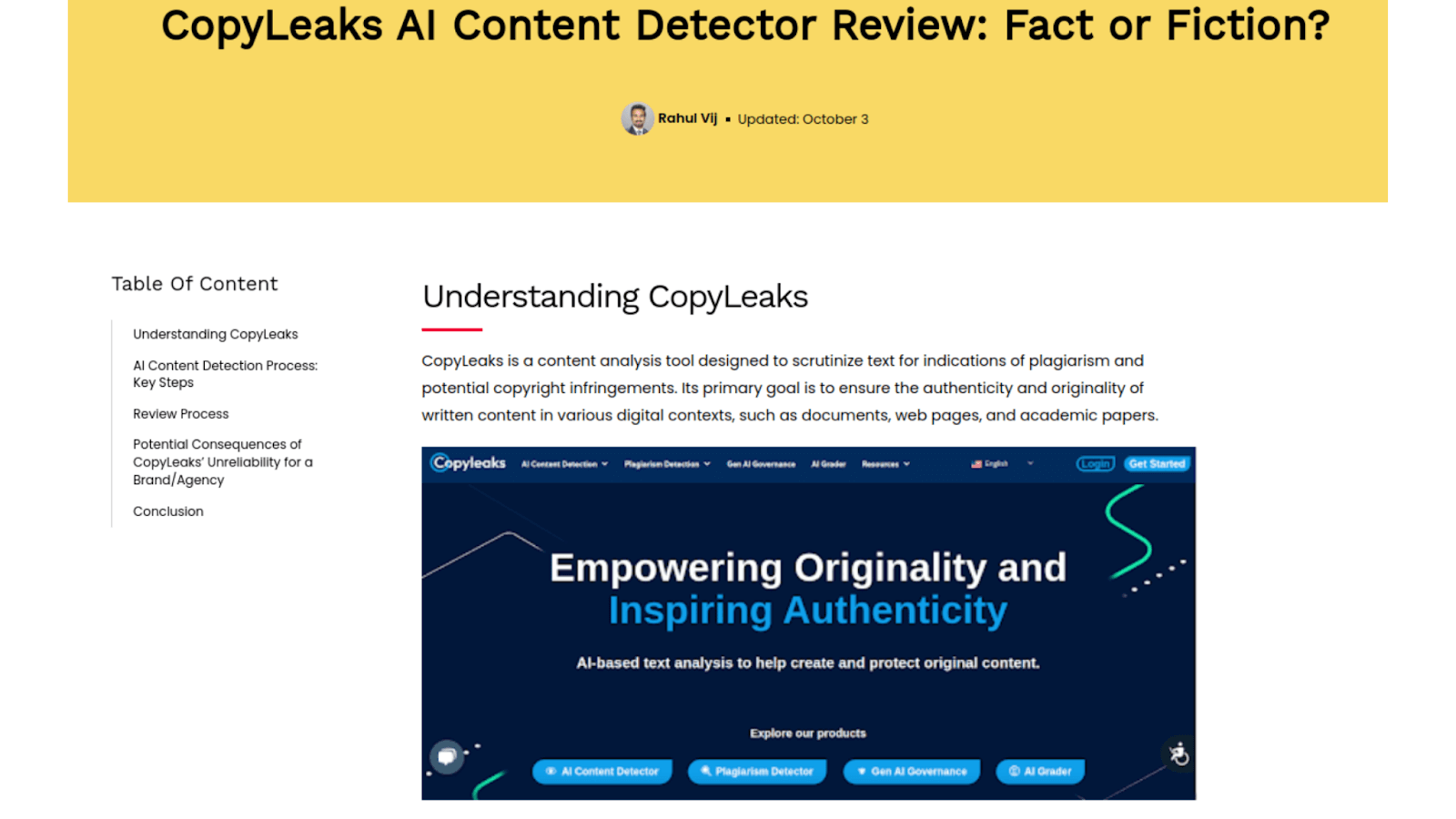
2. Identifying Relevant Media Outlets
Researching the target media outlets that have been successfully covering a particular industry or niche for a long time. This strategy is extremely important for increasing the chances of getting your content noticed by journalists or bloggers in the hunt for sources.
- Media List
- Persona Development
- Media Monitoring
Prowly is the best digital PR and marketing tool we have ever come across for getting media contacts worldwide. From broadening our reach to organizing them into dedicated segments and much more, this tool is the best one can use.
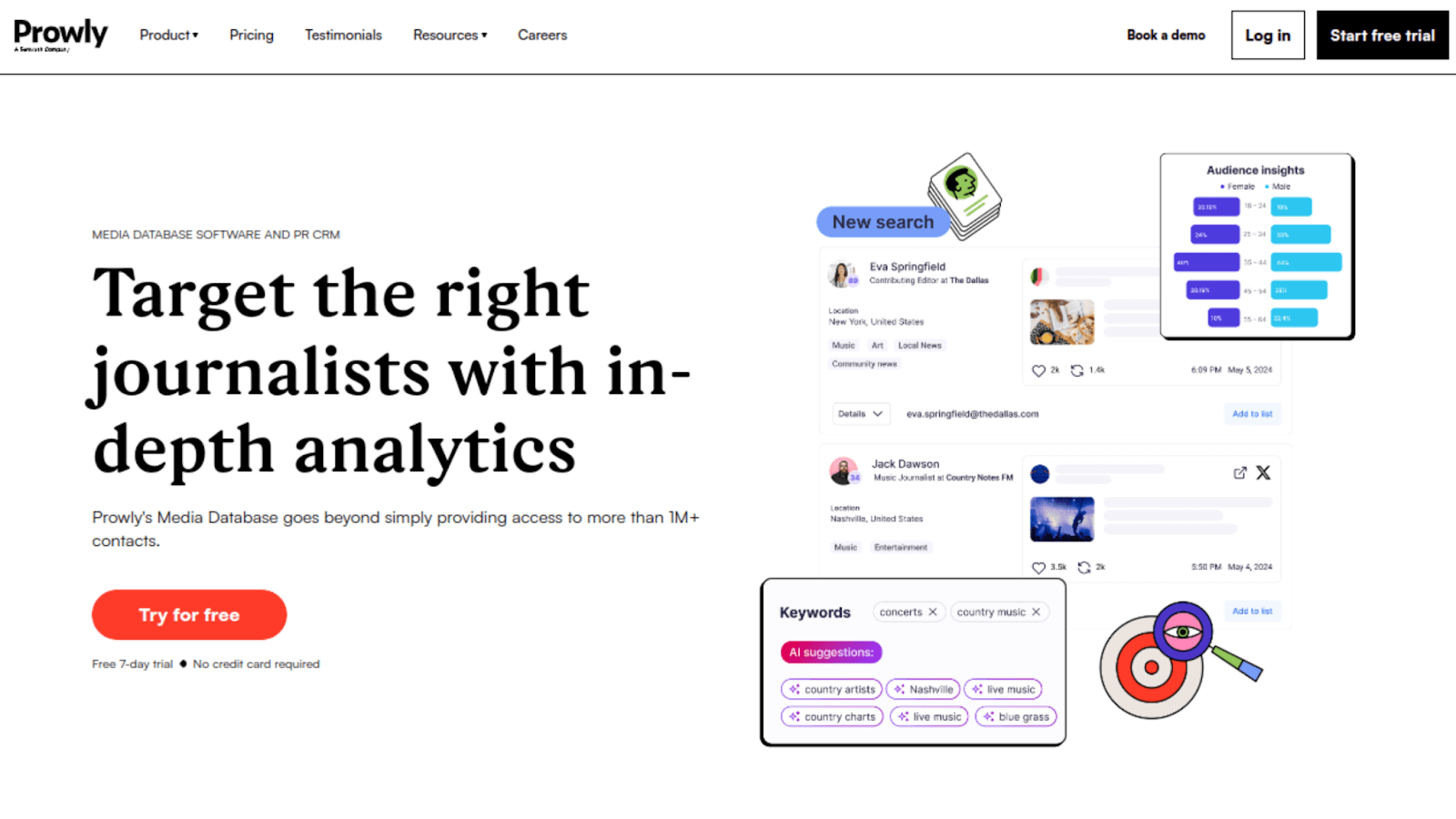
3. Building Relationships with Journalists
Connecting with niche-specific journalists and bloggers is one thing that we manage by reaching out to them, attending industry events, or participating in online communities. Building relationships helps establish you as a trusted source and increases your chances of getting coverage.
- Personalization
- Valuable Proposition
- Follow Up
What better way to connect and build relationships with the best in the niche besides LinkedIn? Taking the time and gradually communicating with the desired contacts helped us create a strong contact list today!
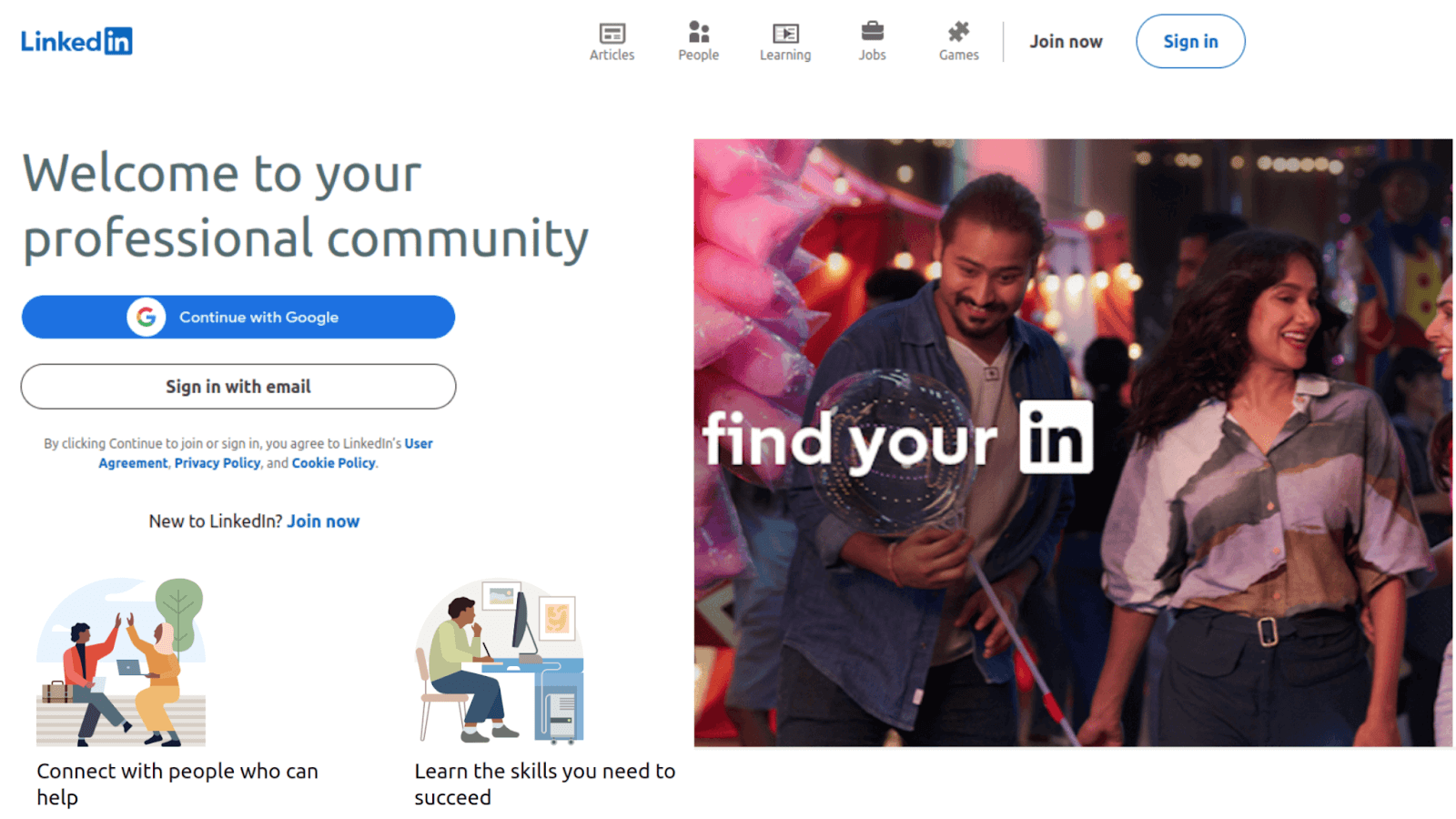
4. Pitching Stories Effectively
When pitching the content to journalists, we articulate the value and newsworthiness of your story clearly. Tailoring the pitch to specific interests and needs of the journalist you’re targeting.
- Hook
- Newsworthiness
- Relevance
- Call To Action
It is always best to take the time to grow a strong connection before pitching the story to the journalists—this makes you appear authentic and authoritative.
5. Leveraging Social Media
Using social media to promote your content and engage with your audience will ultimately increase your visibility and attract the attention of journalists.
- Engagement
- Content Promotion
- Hashtag Strategy
- Influencer Partnerships
Take reference from the following social media PR campaign – Tinder’s “It Starts with a Swipe.” ( first-ever global campaign)
This campaign has been running successfully since last year and has several ads inspired by love-at-first-sight scenes in movies. It recreates cliche scenes from romantic comedies with a modern-day twist, giving an underlying message—
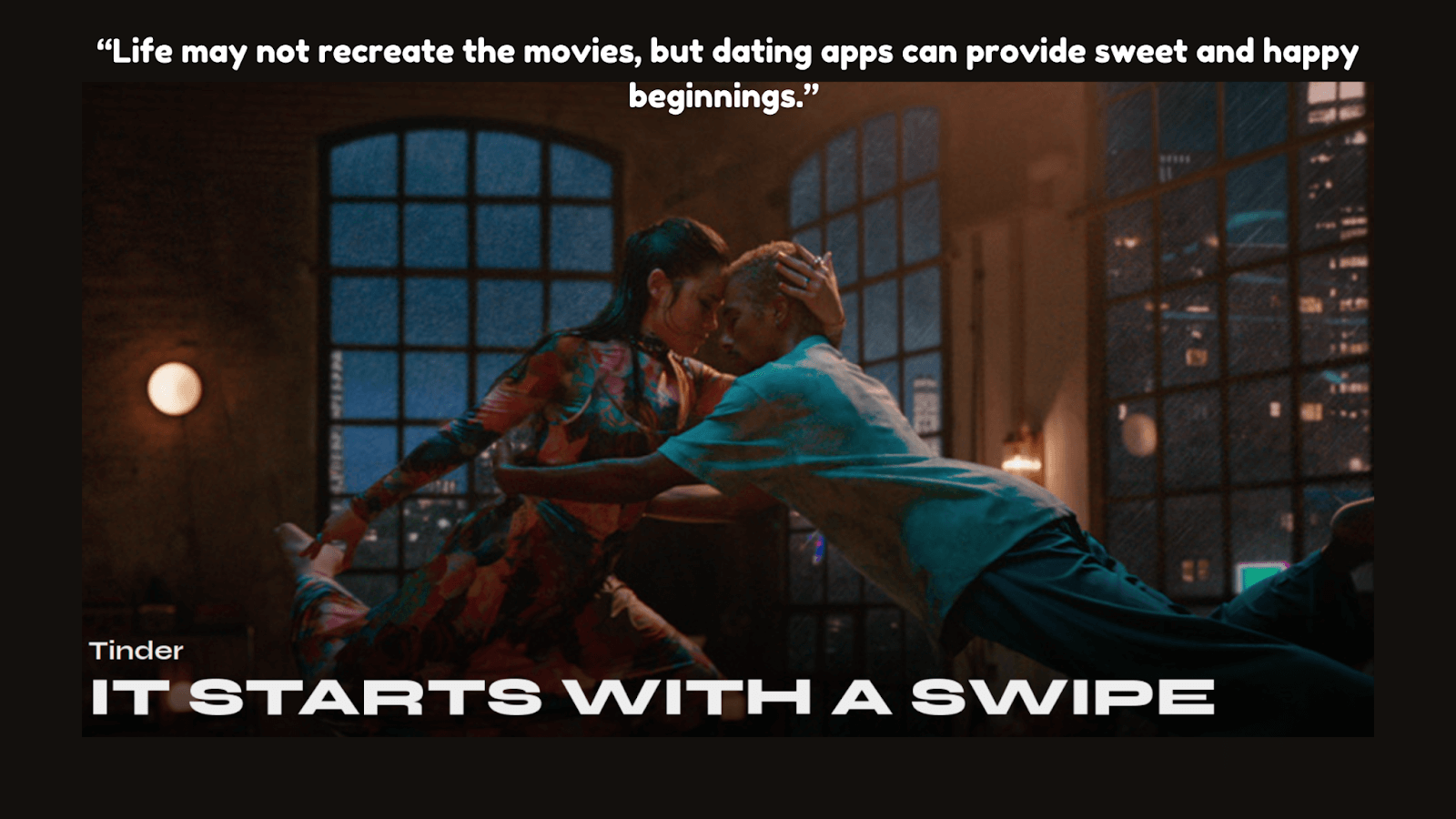
6. Measuring And Analyzing Results
For effective digital PR, we take a data-driven approach to track and measure all the efforts. Regular monetization gives insights into the impact of the campaigns and makes informed decisions for future strategies.
- Key Performance Indicators
- Analytics Tools
- Continuous Improvement
| Did You Know? 77% of consumers are more likely to purchase a product or service after reading a positive press article. |
How To Plan and Run A Successful Digital PR Campaign?
Being a powerful tool, Digital PR helps elevate your brand’s online visibility, credibility, and reputation. With strategic planning, execution, and analysis, one can drive meaningful results.
Step 1: Define Clear Objectives
The first step is to establish clear, measurable goals. What do you aim to achieve? Is it increased brand awareness, improved search engine rankings, lead generation, or crisis management? The objectives will guide your campaign strategy.
-
SMART Goals:
Ensure your objectives are Specific, Measurable, Achievable, Relevant, and Time-bound.
-
Key Performance Indicators (KPIs):
Determine the metrics that will measure your campaign’s success (e.g., website traffic, social media engagement, media mentions).
Step 2: Understand Your Target Audience
Identify your ideal customer – What are their interests, pain points, and online behaviors? Tailor your messaging and outreach efforts to resonate with them effectively.
-
Gather Basic Information:
Understand your ideal target audience’s demographics, interests, and behaviors.
-
Conduct Competitor Research:
Use tools like Sparktoro to analyze your competitors’ audiences and identify similarities and differences.
-
Customer Journey Mapping:
Visualize the path your audience takes from awareness to purchase and identify opportunities for engagement.
-
Identify Pain Points And Interests:
Understand the challenges and what motivates the customers to use your services or products.
Step 3: Conduct Thorough Research
Identify relevant media outlets, influencers, and industry experts. Analyze competitor strategies and industry trends to gain insights. This research will help you develop targeted outreach plans.
-
Media Database:
Use tools like Cision or MuckRack to identify relevant journalists, bloggers, and influencers.
-
Media Monitoring:
Track industry news and trends to identify potential story angles for bringing the best and most newsworthy coverage.
-
Competitor Analysis:
Analyzing the competitors’ PR strategies to identify areas for improvement in your own business.
Step 4: Create High-Quality Content
Develop compelling content that is newsworthy, informative, and aligns with your audience’s interests. This could include press releases, articles, infographics, videos, or interactive content.
-
Storytelling:
Craft compelling narratives that resonate with your audience and highlight your brand’s unique value proposition.
-
Visuals:
Use high-quality images, videos, and infographics to enhance your content’s appeal.
-
SEO Optimization:
Ensure your content is optimized for search engines to improve visibility and search engine ranking.
Step 5: Build Relationships with Media
Establish relationships with journalists, bloggers, and influencers in your industry. Offer exclusive insights, pitch story ideas, and provide value to secure media coverage.
-
Personalized Outreach:
Tailor your pitches to the specific interests and needs of each journalist you will outreach.
-
Follow-up:
Be persistent and follow up on your pitches to increase your chances of securing coverage.
-
Media Training:
Prepare your team for media interviews to ensure they deliver effective messages.
Step 6: Leverage Social Media
Utilize social media platforms to amplify your message, engage with your audience, and build relationships with influencers. Develop a consistent social media strategy that aligns with your campaign goals.
-
Social Listening:
Monitor social media conversations to identify relevant opportunities and trends.
-
Influencer Marketing:
Partner with influencers who align with your brand’s values and target audience.
-
User-Generated Content:
Encourage your audience to share their experiences with your brand on social media.
Step 7: Monitor and Measure
Track your campaign’s performance using analytics tools. Measure key metrics such as website traffic, social media engagement, media mentions, and conversions. Use this data to optimize your strategy and improve results.
-
Analytics Tools:
Use tools like Google Analytics and social media analytics platforms to track your campaign’s performance.
-
Reporting:
Create regular reports that summarize your campaign’s key metrics and insights.
-
A/B Testing:
Experiment with different approaches to identify what works best for your audience.
Step 8: Continuously Adapt and Iterate
The digital landscape is constantly evolving. Stay updated on industry trends and adapt your strategy as needed. Continuously analyze your campaign’s performance and make data-driven adjustments to maximize its impact.
-
Stay Updated:
Keep up with industry trends and best practices to ensure you are always ahead of your competitor.
-
Learn from Failures:
Analyze your campaign’s shortcomings and make necessary adjustments.
-
Seek Feedback:
Gather feedback from your team, customers, and stakeholders to improve your strategy.
Some Additional Tips To Run A Successful Digital PR Campaign
1. Leverage Influencer Marketing
Partner with influencers who align with your brand to reach a wider audience and enhance your credibility. Did you know that the influencer industry is worth $21.1 billion in 2024?
Align the types of influencers with your brand’s engagement strategy.
-
Mega Influencers (Over 1 Million)
Businesses that might benefit from celebs or mega influencers are:
- Large Enterprise Corporations
- Brands Targeting A Broad Audience
- Luxury Or High-End Brands

For instance, brands like Adidas benefit from big names such as Leo Messi, David Beckham, Paulo Dybala, and more. It even partners with sports teams, leagues, and events globally.
-
Macro-Influencers ( 100,000 To 1 Million)
Brands that might get desired results from macro-influencers or established personalities within their respective niches are:
- Startups
- Non Profit Organizations
- Hotels And Airlines
For instance, the National Kidney Foundation enlists 45 Instagram influencers to reach over a million users on Instagram to raise awareness of the 33% of adults in the US at risk for kidney disease.
-
Micro-Influencers (10,000 to 100,000 Highly Engaged Followers)
Marketers love working with these niche-specific influencers because they have a strong presence on specific platforms, like Instagram, YouTube, and TikTok. Besides, they are more affordable than mega or macro influencers.
Influencers offer a much-needed dose of realness that pleasantly surprises the 62% of consumers who are less likely to engage with content if they know an AI application created it.
For example – Glossier has built a reputation for leveraging micro-influencers in its public relations strategy. The brand consistently provides new products to a diverse network of smaller influencers, fostering genuine reviews and tutorials across platforms like Instagram and YouTube.
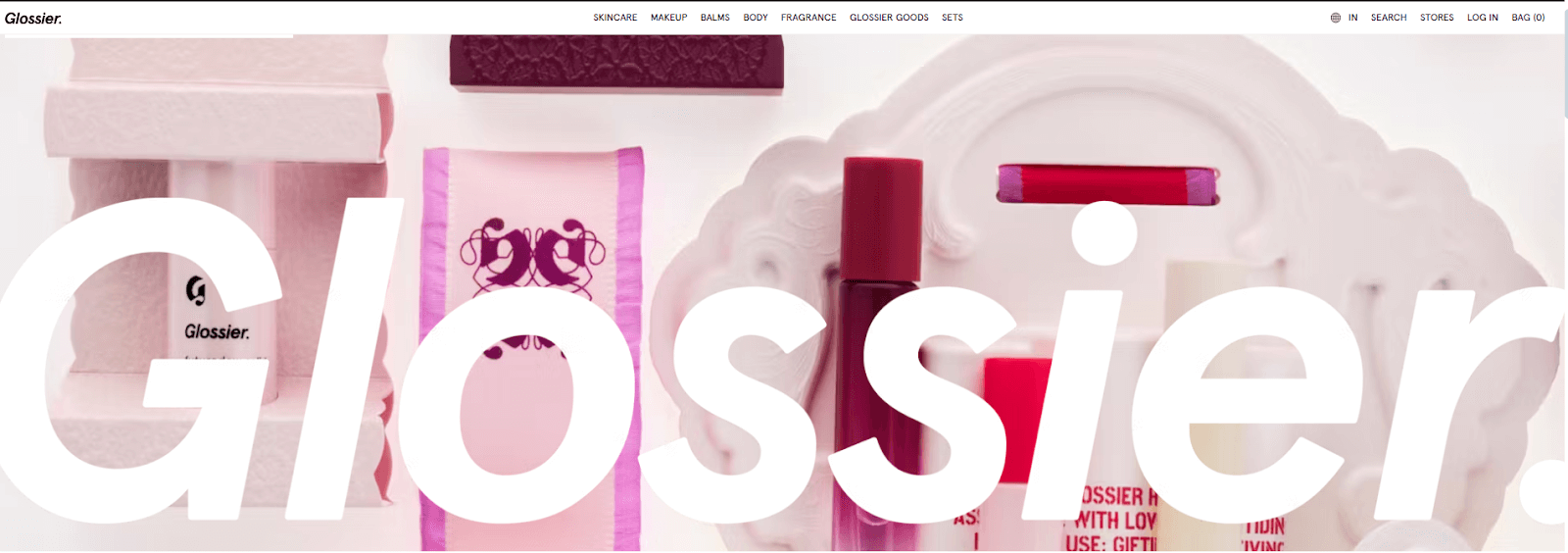
-
Nano-Influencers (Between 1,000 – 10,000 Followers)
Creators with a limited number of followers are highly engaged with them and often show trust in what they suggest. They have a higher engagement rate than a large-scale influencer. Nano influencers are niche-specific, perfect for brands and businesses with low marketing budgets.
For instance, Daniel Wellington, a Swedish watch brand, grew into a $200 million business from a $15,000 company. They share their success with bloggers with relatively modest followings on Instagram.
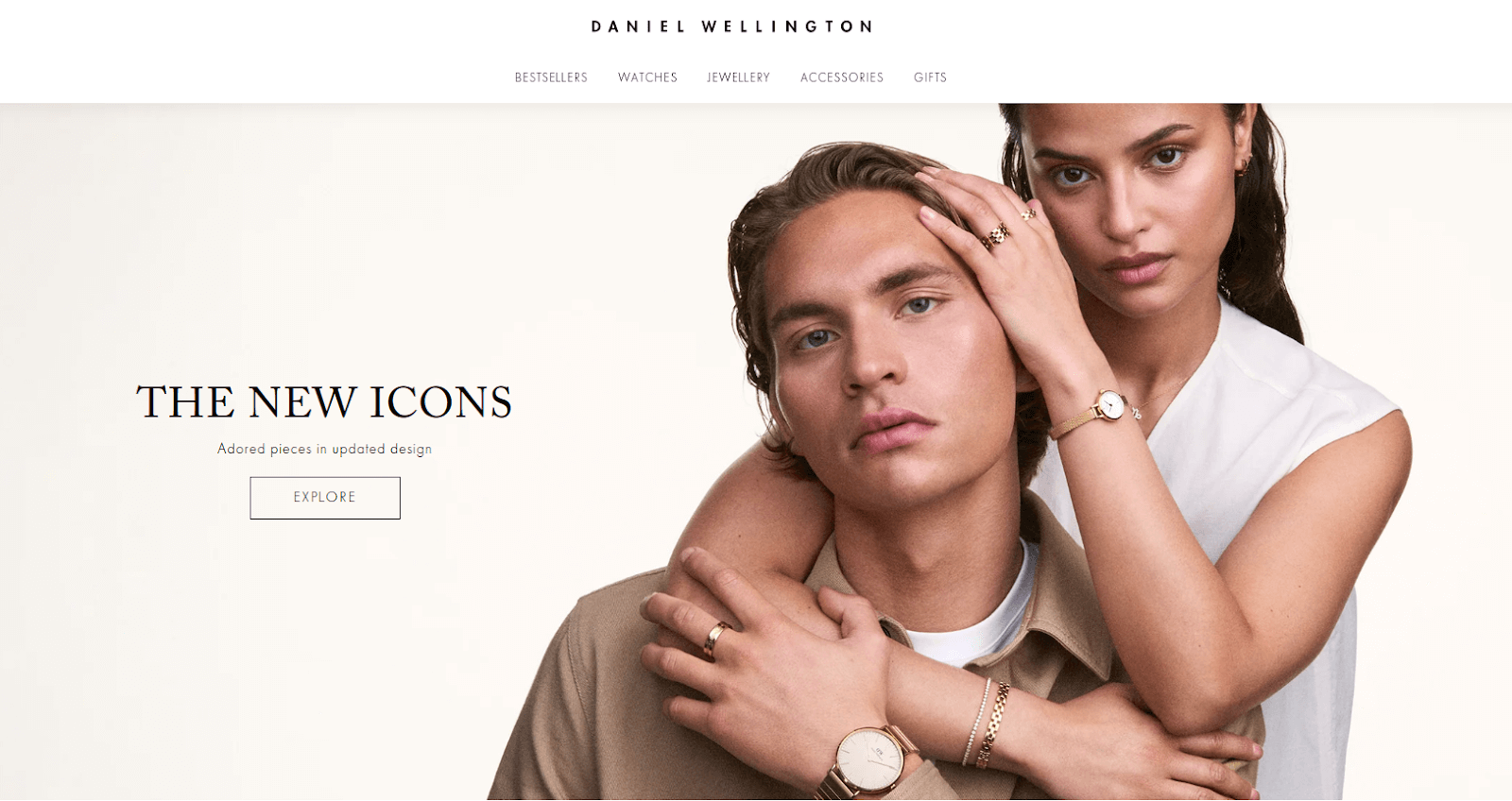
Use Earned Media
Focus on securing natural media coverage by providing valuable insights and newsworthy content. Some common examples of earned media include:
-
Press Coverage

-
Social Media Mentions
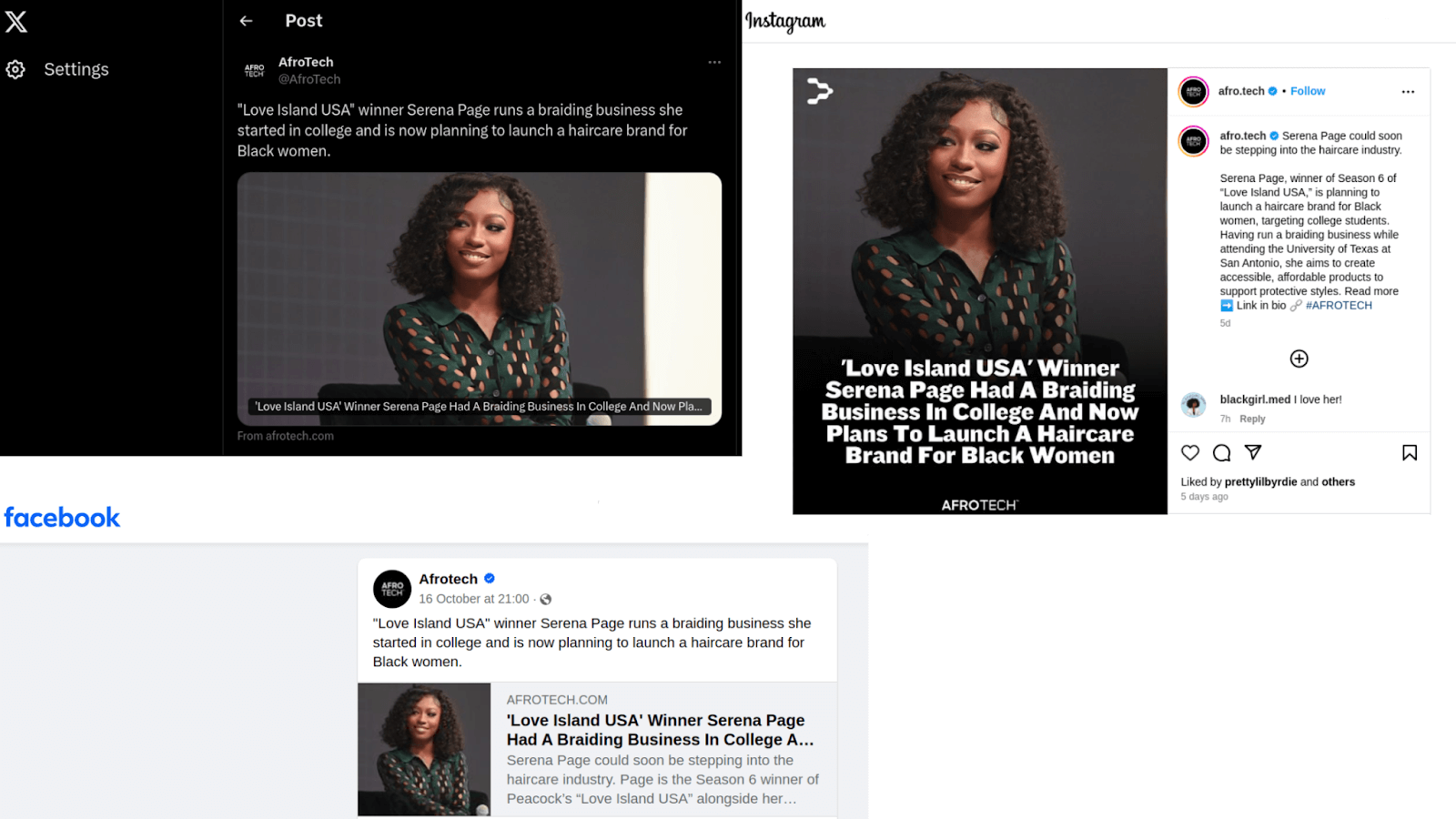
GU EXCLUSIVE: Serena Page is working on her own hair care brand and gave #GUDisruptorSummit attendees the reason behind her venture! pic.twitter.com/kD0MtFsb08
— Girls United (@EssenceGU) October 14, 2024
- Voluntary Influencer Endorsements
View this post on Instagram
-
Reviews and Testimonials
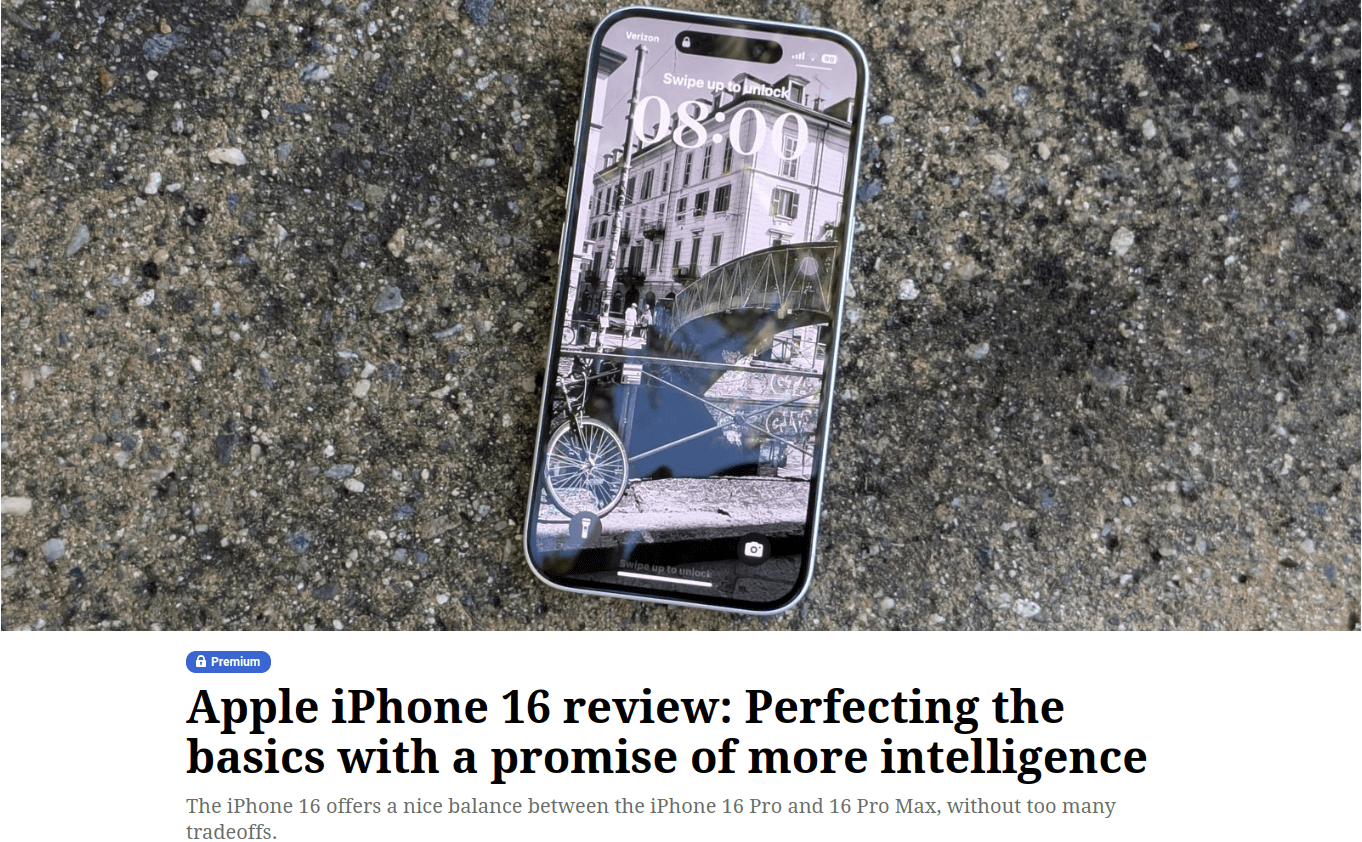
Earned Media Coverage Benefits in Public Relations –
The effect of earned media coverage is even stronger than that of influencers, as the company sometimes sponsors their recommendations.
- Increased Credibility Of The Brand
- Improved Brand Visibility
- Establish Your Name As Authority In The Market
- Directly Benefits By Enhancing Trust
Address Negative Sentiment
Monitor online conversations and address negative feedback promptly to protect your brand’s reputation.
- Acknowledge The Issue
- Offer Solutions Or Alternatives
- Show Appreciation for Feedback
- Use Negative Feedback as Constructive Criticism
Measure ROI
Track the return on investment (ROI) of your digital PR efforts to justify the campaign’s value to your organization.
- Use Attribution Tools
- Calculate Cost vs. Outcome
- Track Relevant Metrics
- Set Clear, Measurable Objectives
Key Steps To Generate Backlinks With Digital PR
Backlinks are crucial components for the success of building your online presence. They not only improve your search engine rankings but also enhance your website’s credibility and authority. The best thing is that digital PR is a powerful strategy to generate high-quality backlinks and drive traffic to your website.
Let’s figure out how to effectively leverage digital PR to build a strong backlink profile and achieve your online marketing goals.
Step 1 – Identify The Primary Learning Platforms
- Understand Your Audience: Where do they consume information? What platforms do they trust? Are they on social media, professional networks, or industry-specific forums?
- Research Competitive Brands: See where their backlinks are coming from. Are they targeting the same platforms? What can you learn from their strategy?
- Consider Platform Authority: Choose platforms with high domain authority and organic traffic. These platforms will lend more weight to your backlinks.
Example: If your target audience is primarily tech professionals, consider platforms like Medium, Hacker News, and Dev. too.
Step 2 – Choose Topics (In Which You Are Expert & Is Relevant To Audience)
- Align With Your Expertise: Select topics where you can provide valuable insights and unique perspectives. Your credibility will shine through
- Identify Audience Pain Points: What problems are your target audience facing? Address these in your content to demonstrate your understanding of their needs.
- Stay Current With Industry Trends: Keep up with the latest developments in your field. This will help you create timely and relevant content.
Example: If you’re a marketing expert, you might write about “The Future of AI in Content Marketing” or “How to Conduct a Successful SEO Audit.”
Step 3 – Generate Leads, Conversions & High-Quality Backlinks
- Create High-Quality Content: Invest in well-written, informative, and visually appealing content. This will attract more backlinks naturally.
- Optimize For Search Engines: Use relevant keywords throughout your content to improve your search engine rankings.
- Build Relationships With Influencers: Reach out to industry influencers and offer to contribute to their platforms. This can lead to valuable backlinks and exposure.
- Leverage Social Media: Share your content on social media platforms to increase visibility and attract backlinks.
Example: After publishing a comprehensive guide on “The Best SEO Tools for Beginners,” you might reach out to popular SEO bloggers and offer to guest post on their websites.
Step 4 – Build A Digital PR Virtuous Cycle
- Monitor And Analyze Backlinks: Track your backlinks using tools like Ahrefs or SEMrush. Identify which platforms are driving the most traffic and engagement.
- Repurpose Content: Create different formats of your content (e.g., infographics, videos) to reach a wider audience and generate more backlinks.
- Engage With Your Audience: Respond to comments and questions on your content. This will foster a positive relationship with your audience and encourage them to share your work.
Example: If you notice that a particular blog post is generating a lot of backlinks, you might create a video version of the content and share it on YouTube.
Step 5 – Showcase How Trusted You Are On Reputable Platforms
- Earn Industry Awards: Participate in industry competitions and awards to demonstrate your expertise and credibility.
- Get Featured In Media Outlets: Reach out to journalists and offer to provide expert commentary on industry topics.
- Join Professional Organizations: Membership in reputable organizations can enhance your credibility and network.
Example: If you’re a cybersecurity expert, you might aim to be featured in publications like Forbes or Wired.
# Building high-quality backlinks takes time and effort, so be patient and consistent in your approach.
Why Is Digital PR A Game Changer For Links?
Digital PR is more than just the term “Public Relations” – it’s a comprehensive strategic approach that significantly boosts an organization’s online presence and improves its search engine ranking. Here’s why it is a game-changer:

Build Your Brand Authority
-
Become A Thought Leader
Share your expertise through blog posts, articles, and guest contributions on industry-leading websites.
-
Establish Credibility
Consistently provide valuable insights and solutions to your target audience.
-
Gain Trust
When you’re seen as an authority, people are more likely to trust your brand and engage with your content.
Attract More Leads
-
Leverage Third-Party Endorsements
When other reputable websites mention or link to your content, it signals to search engines and your audience that your brand is credible.
-
Increase Brand Visibility
More exposure leads to increased brand awareness and attracts potential customers.
-
Generate Qualified Leads
More exposure leads to increased brand awareness and attracts potential customers.
Create A Self Sustaining System
-
Become A Go-To Expert
Consistently create high-quality content that addresses your audience’s needs and pain points.
-
Attract Collaborations
Other brands will want to partner with you to leverage your expertise.
-
Generate Backlinks Naturally
As your reputation grows, you’ll receive backlinks from other websites without having to actively seek them out.
Boosts Your Sales
-
Strong Online Reputation
It makes boosting sales and building relationships with potential customers easier.
-
Entice Leads
Digital PR helps attract leads who are already interested in your products or services.
-
Short Sales Cycle
When you’re seen as a trusted expert, customers are more likely to make a purchase.
Grow Your Industry Network
-
Connect With Industry Leaders
Collaborate with other experts in your field to expand your reach and learn from their experiences.
-
Benefit From Shared Audience
Partnering with other brands can expose your content to a wider audience.
-
Stay Ahead Of Trends
Building relationships with industry leaders can help you stay informed about the latest developments and opportunities.
Ethical Guidelines For Digital PR
After observing several companies, we have realized that you can help avoid crises with the following guidelines.
-
Be Impartial & Judicious
When making decisions for a company, think about how it will affect everyone, not just the company itself. For example, if a company decides to hide negative reviews, it might help the company’s profits, but it’s unfair to the public because they won’t get honest information about the product or service.
-
Avoid Treachery
People want to feel informed and in control when they interact with companies. If a company tries to hide information or mislead people, it can damage the trust between the company and its customers. Thus, it is always best to be honest and upfront with the public. Deception can lead to a loss of trust and damage a company’s reputation.
-
Have Decorum & Appreciation
Showing that you value the public’s opinions and contributions makes them feel appreciated and respected. The best way to showcase your respect is by –
(a) Being transparent with the public,
(b) Taking customers’ opinions seriously,
(c) Rewarding loyal customers.
In simple words, treat the people with respect and appreciation.
-
Abstain From Secrets
Public relations professionals should avoid keeping secrets from the public whenever possible. This means being open and transparent about your plans and strategies, even if there are changes.
However, at times, keeping surprise campaigns and trade secrets confidential is important for protecting a company’s competitive advantage. Eventually, it is essential to carefully consider whether to keep something secret and to be transparent whenever possible.
-
Logical Survey
Carefully considering how different people might understand messages, especially in the digital age, where messages are perceived differently by people worldwide. Thus, PR professionals must understand how people from different backgrounds might interpret your message to avoid misunderstandings and adverse reactions.
In simple words, with rational analysis, you can make sure you are getting understood and are giving respect to people from all cultures and backgrounds.
-
Being Consistent
Consistency in ethical communication across various digital campaigns can significantly improve an organization’s reputation. This strategy is crucial for building trust and a positive public opinion. Ethical behavior like stability in digital campaigns helps organizations strengthen their reputation and foster long-term success.
5 Essential Elements of a Press Release
A well-crafted press release can help you reach a wider audience and generate buzz around your brand. Here are the five key elements to include:
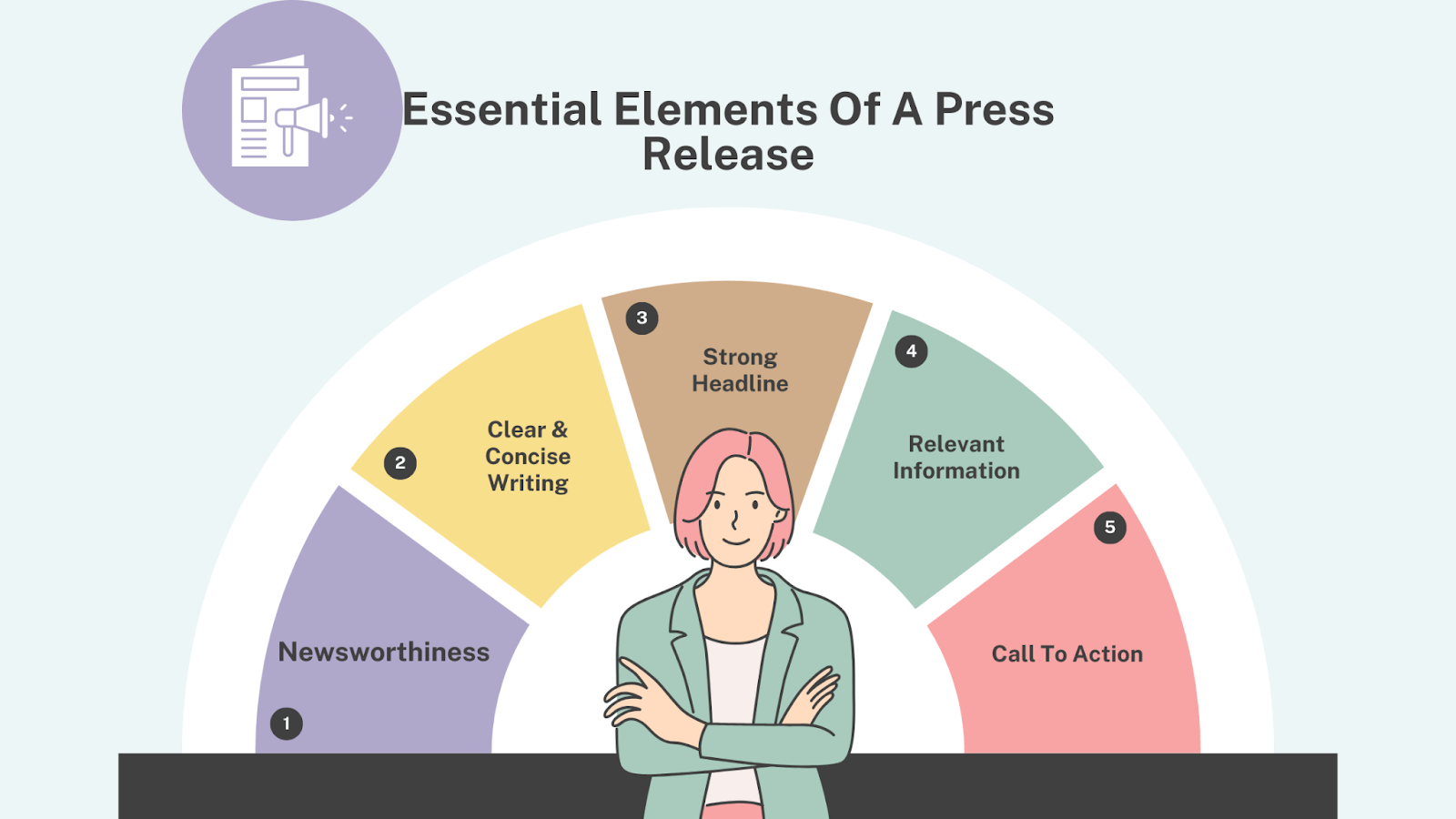
1. Newsworthiness:
- Is it important? Does your announcement offer something new or valuable to your audience?
- Is it relevant? Does it align with current trends or news events?
Example: A new product launch that solves a pressing consumer problem or a groundbreaking research discovery.
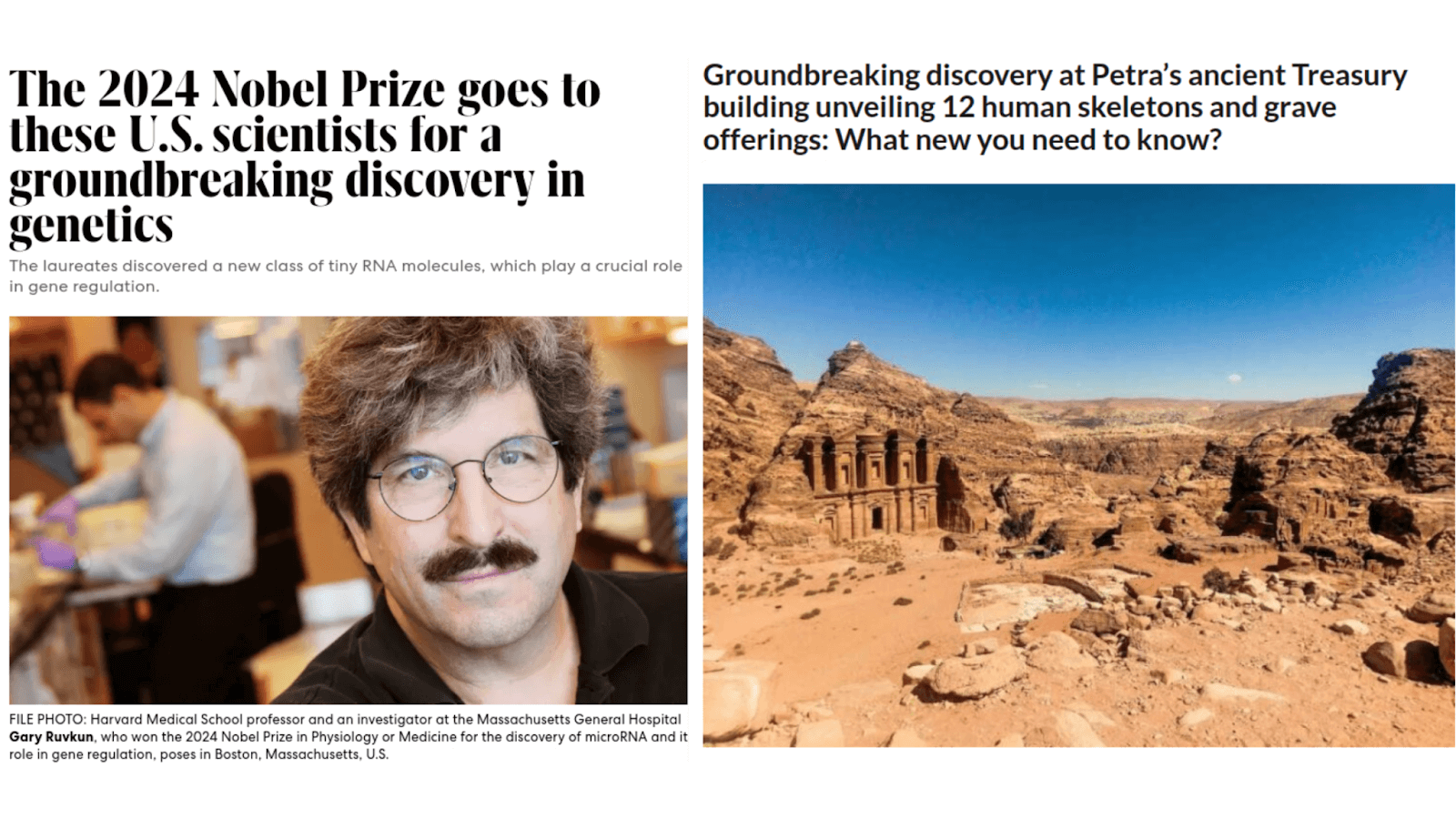
2. Clear and Concise Writing:
- Keep it simple: Avoid jargon and technical terms that might confuse readers.
- Use strong verbs: Choose action words that convey your message effectively.
- Proofread carefully: Ensure there are no errors in grammar or spelling.
Example: Instead of saying, “The product was launched,” try “We are excited to introduce our new product.
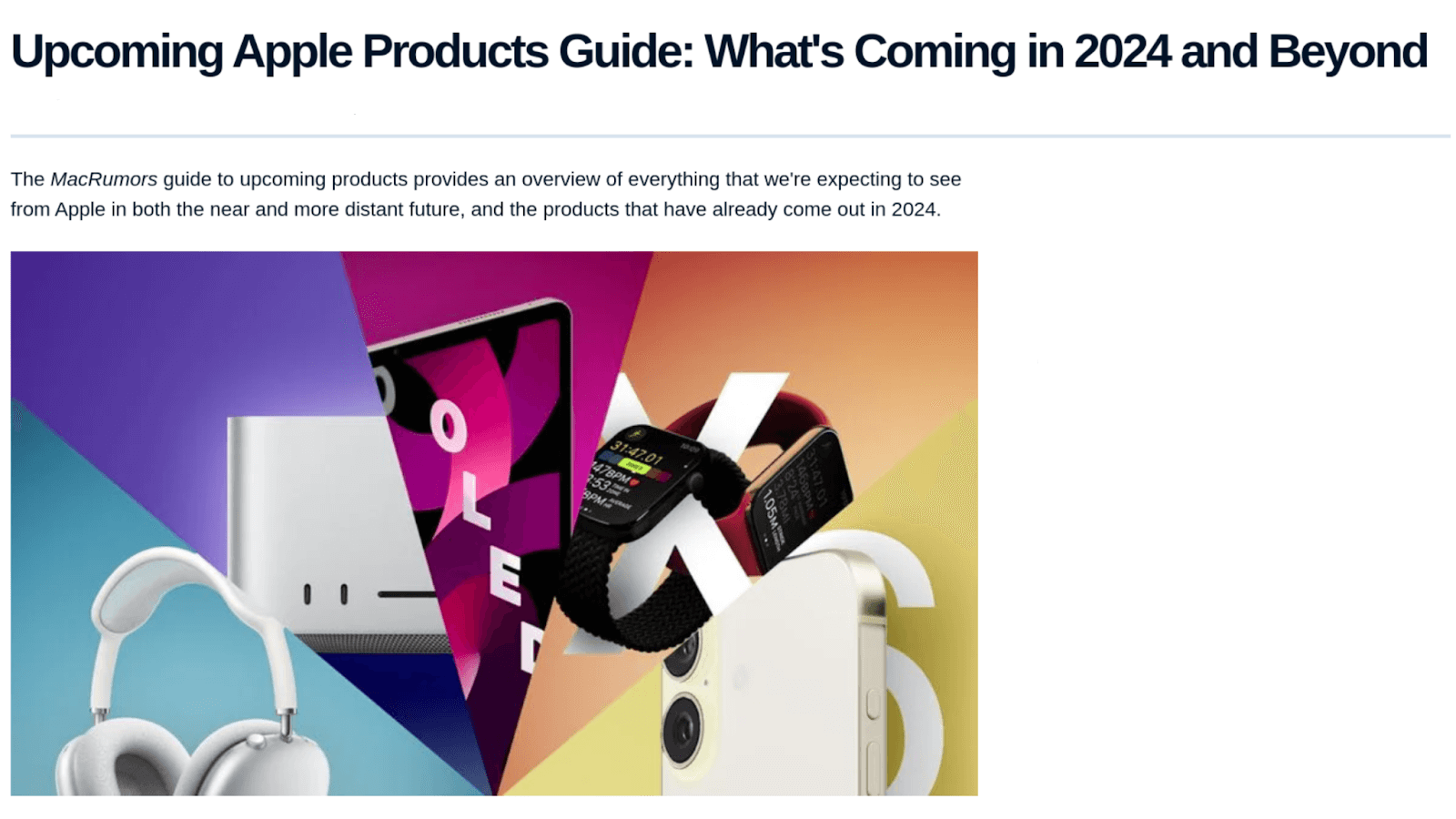
3. Strong Headline:
- Grab attention: Make your headline catchy and informative.
- Be specific: Clearly state the main point of your announcement.
Example: “Company X Unveils Revolutionary New Technology”
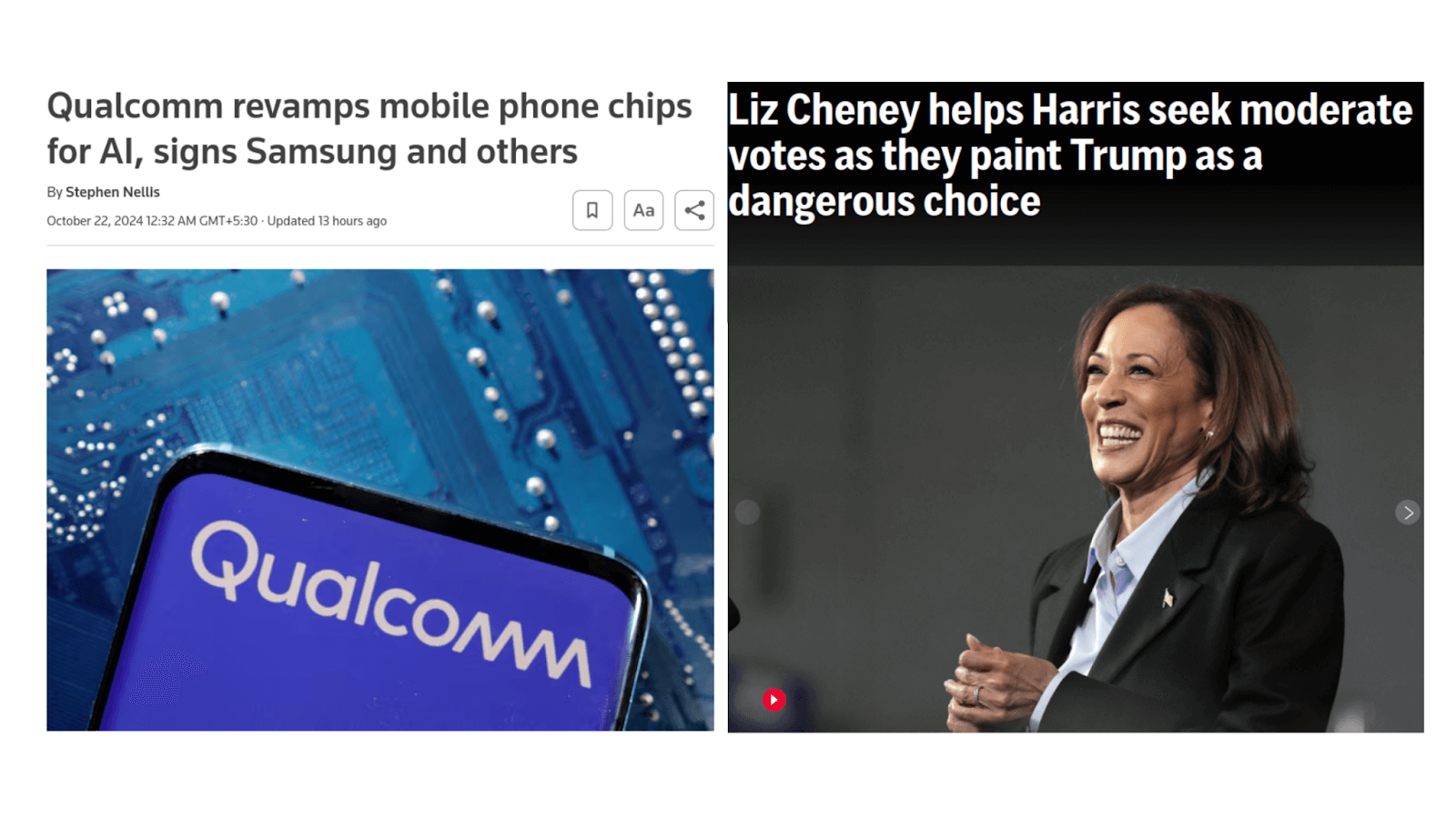
4. Relevant Information:
- Answer the five W’s: Who, what, where, when, and why.
- Provide supporting details: Use quotes, statistics, or images to strengthen your message.
Example: Include quotes from key executives or customers who have benefited from your product or service.

5. Call to Action:
- Encourage engagement: Tell readers what you want them to do next.
- Make it easy: Provide clear instructions and contact information.
Example: “To learn more or schedule a demo, please visit our website or contact us at [email address].”
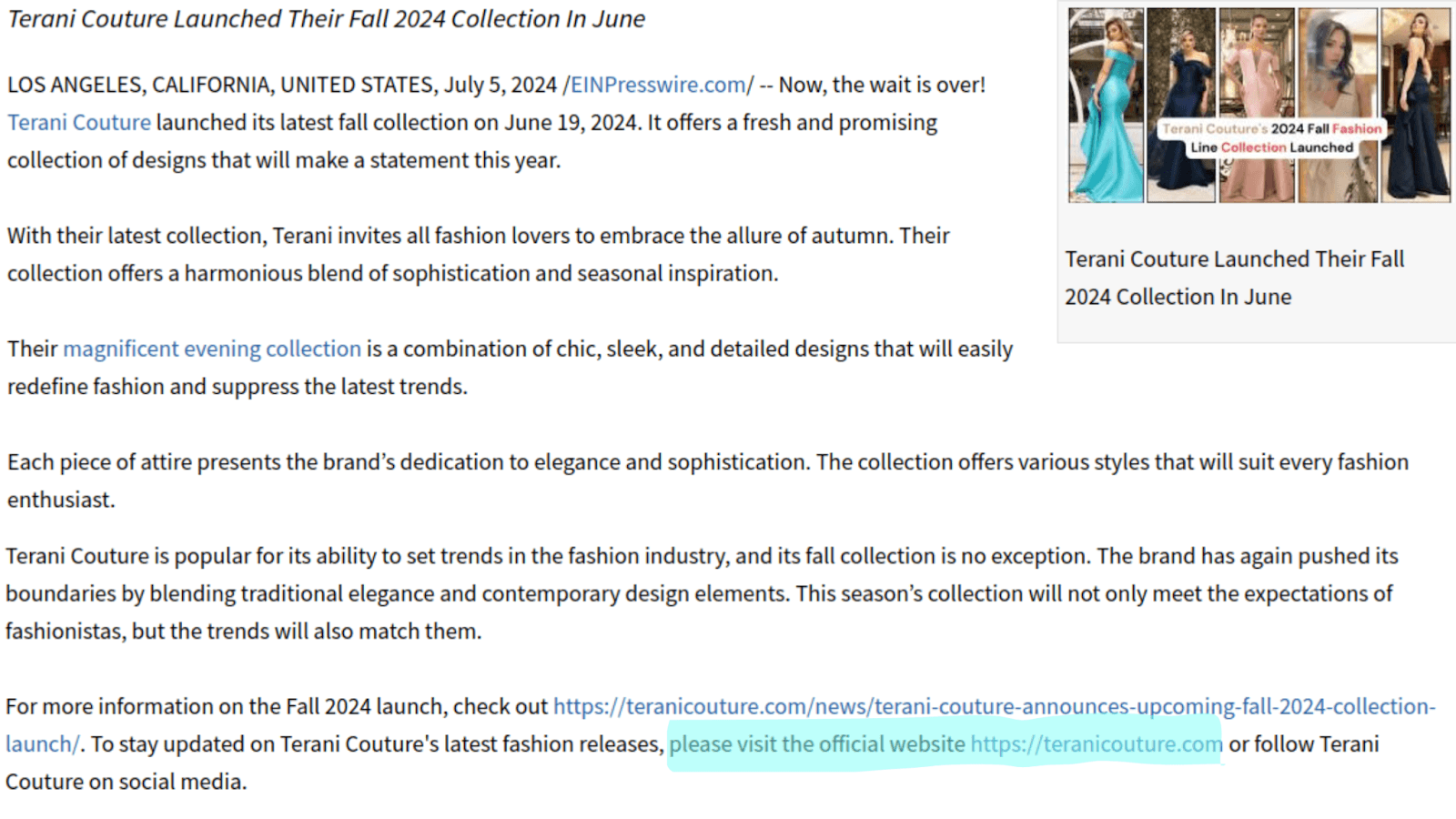
What Timeline Is Suitable For Sending Out A Best Press Release?
The optimal day and time to disseminate a press release is often a matter of strategic planning. It depends on various factors, including:
- The nature of the news
- The target audience
- The specific industry.
By understanding these factors, you can increase the likelihood of your press release gaining traction and reaching its intended audience.
Day Of The Week
-
Midweek Momentum:
Tuesday, Wednesday, and Thursday are often considered prime days for press release distribution. Journalists tend to be less overwhelmed with news these days, making it more likely that your release will receive attention.
-
Monday Morning Madness:
While some prefer midweek, Monday can also be a strategic choice. It’s a fresh start, and journalists may be more receptive to newsworthy stories to kick off the week.
Time Of Day
-
Peak Hours:
The period between 10 AM and 2 PM is often cited as the best time to send press releases. This aligns with when journalists are most likely to be checking their emails and preparing for their daily news coverage.
-
Off-Peak Opportunities:
However, depending on your industry and the urgency of the news, sending a press release outside of peak hours might be beneficial.
For example, if you’re targeting a specific beat reporter who is known to be busy during the day, sending it early in the morning or late in the evening might increase your chances of getting their attention.
Holidays and Weekends
-
Avoid Downtime:
It’s generally advisable to avoid sending press releases on holidays and weekends. Media outlets often have reduced staff during these periods, and their focus may be on covering holiday-related news or other urgent matters.
Industry Regulations
-
Compliance is Key:
Adhering to compliance requirements is crucial for industries with specific regulations, such as finance or politics. These regulations often dictate when press releases must be issued, especially for sensitive information.
News Type
-
Breaking News:
If your news is time-sensitive or considered breaking news, it’s essential to distribute the press release as soon as possible. Delaying the release could diminish its impact.
-
Planned Announcements:
You can strategically plan the release date and time for planned announcements or product launches to coincide with other relevant events or industry news.
Relationship With The Media
-
Personal Connections:
Building strong relationships with journalists can provide valuable insights. They can offer advice on the best times to send press releases based on their individual schedules and preferences.
A Few Factors To Consider When Deciding On A Timeline

- Scope of coverage: If you’re targeting a wider audience, you’ll want to give reporters more time to coordinate and plan their coverage.
- Timelines: For trending topics, you may need to send your press release immediately to capitalize on the current interest.
- Publication deadlines: Print magazines, especially those with longer publication cycles, may require more lead time.
Remember: A tight deadline can create a sense of urgency and encourage journalists to cover your story promptly.
Best Time To Send A Press Release
The ideal time to send a press release is in the morning, between 8 AM and 10 AM in the journalist’s local time. This is when journalists are typically reviewing their inboxes and planning their day’s coverage.
Some Additional Tips:
- Avoid Sending During Peak Hours: Sending your press release at the exact hour or half-hour may result in it getting lost among other emails. Try sending a few minutes before or after these times.
- Consider The Journalist’s Location: Always adjust the time zone to ensure the press release arrives at a convenient time for the journalist.
- Use Scheduling Tools: Utilize email scheduling tools to ensure your press release is sent at the optimal time without manual intervention.
Best Ways To Use Collected Data
With access to more customer information the latest metrics, PR agencies have a wealth of data to make decisions that can impact the brand, positively. However, having the information is one thing but using it completely is another!
So, with whatever information you have, there are many ways to leverage the data and analytics to enhance your media outreach, track the success of the campaign, and optimize the practices.
-
Make Use Of Stats In Your Pitches And Media Outreach
According to the latest analysis, about 49% of PR pitches are ignored, and 73% are rejected because they are irrelevant, too promotional, or not newsworthy. On the other hand, 70% of journalists say PR professionals are very important to the success of their jobs.
Considering all these stats, make sure to provide your pitches with data and statistics that can add credibility to the story and give it a better chance of being covered by a journalist.
#Always remember everyone is looking for facts; thus, bringing out verified data will improve the chances of approval and authenticity of the piece.
-
Use Visual Data In Your Press Releases
With social media apps dominating our feeds, the maximum content we consume is naturally the “Visual One.” Journalists are well aware of this latest trend; thus, 34% of them are incorporating PR-offered visual data into their recent stories.
While having compelling headlines and well-crafted copy is essential, but including visual elements can significantly improve the impact of the press release.
Multimedia Elements Mostly Used –

Some Dos and Don’ts For Using Multimedia In Press Releases
When crafting a compelling press release, multimedia can be a powerful tool to enhance your message. Here are some essential tips for using multimedia effectively:
| Do’s | Don’ts |
| Stay Relevant | Overwhelm with Multimedia |
| Prioritize Quality | Create Lengthy Videos |
| Maintain Brand Consistency | Rely on Generic Stock Photos |
| Caption Carefully | Overdo Branding |
Do’s:
- Stay Relevant: Ensure that all multimedia content directly supports your news story. Irrelevant visuals can confuse your audience and dilute your message.
- Prioritize Quality: Invest in high-quality, high-resolution images and videos. Well-produced content with proper lighting and audio is more likely to be used by the media.
- Maintain Brand Consistency: Use your company’s colors, logo (sparingly), and fonts to create a cohesive visual experience that aligns with your brand identity.
- Caption Carefully: Descriptive captions increase the chances of media usage. Clearly identify products, individuals, or key points in your visuals.
Don’ts:
- Overwhelm with Multimedia: Avoid cluttered layouts and keep text to a minimum. Let your visuals complement your press release, not duplicate it.
- Create Lengthy Videos: Keep videos concise and focused. Excessive length can lead to viewer disengagement.
- Rely on Generic Stock Photos: Use original imagery that adds value and context to your news. Avoid generic stock photos that lack relevance.
- Overdo Branding: While some branding is necessary, keep your logo placement minimal. Use it strategically to maintain balance and visual appeal.
Benefits Of Using Visually Appealing Media In The Content
- Grab Attention: A captivating visual can instantly draw readers in, making them more likely to consume your content.
- Simplify Complex Data: Visualizations can transform complex information into easily understandable and memorable formats.
- Enhance Credibility: Data visualizations can lend credibility to your claims by providing concrete evidence.
- Increase Engagement: Visual content is more likely to be shared and discussed on social media, expanding your reach.
-
Strengthen Your People With Relevant Data
You must always keep your spokesperson informed with relevant data that can significantly enhance your credibility and impact on the public. Providing factual insights will help them speak freely on industry trends, company performance, or consumer behavior.
Step To Develop Your Message
Step 1- Set An Agenda For The Spokesperson
You must thoroughly think about a few things beforehand – “If I could write the headline or story lead, what would I want it to state? What quote would I want attributed to me?”
Your answer to these questions must be reflected in your message, multimedia supporting data, Q&A responses, and closing statements.
Step 2- Craft Your Message Appropriately
Consistently using well-crafted messages can ensure that your information is clear, consistent, and impactful. This approach helps you prioritize information, stay focused, and measure the success of your communication efforts.
Key Tips
- Keep your message concise
- Make use of clear and compelling language
- Tailor your message for vast audiences and communication channels
- Practice or re-check your key messages to deliver them confidently and effectively.
Best Ways To Craft Key Messages
Craft key messages that strategically address the following:
- Vision and Mission: Clearly articulate your goals
- Strategic Leadership: Highlight What sets you apart from others.
- Benefits for the Target Audience: Focus on the value proposition for your target audience.
Step 3- Collect Supporting Information To Prove Your Point
When communicating your key messages, supporting information reinforces your points and builds credibility. Having concrete evidence can help extend conversations, deepen understanding, and make your message more persuasive.
Use the following strategies to emphasize your key message:
- Facts
- Stories
- Statistics & Figures
- Quoting Credible Third Party Experts
-
Keep A Regular Check On PR Campaigns To Understand The ROI
Earned Media Value (EMV) is a valuable metric in assessing content performance. When combined with other key metrics like impressions, reach, keyword rankings, engagement, and click-through rates (CTR), EMV provides a more comprehensive understanding of a campaign’s success.
A high EMV often indicates that content is resonating with the target audience, leading to increased engagement, clicks, and conversions.
In short, in the current market, successful campaigns are based not just on the content but also on how efficiently they generate earned media.
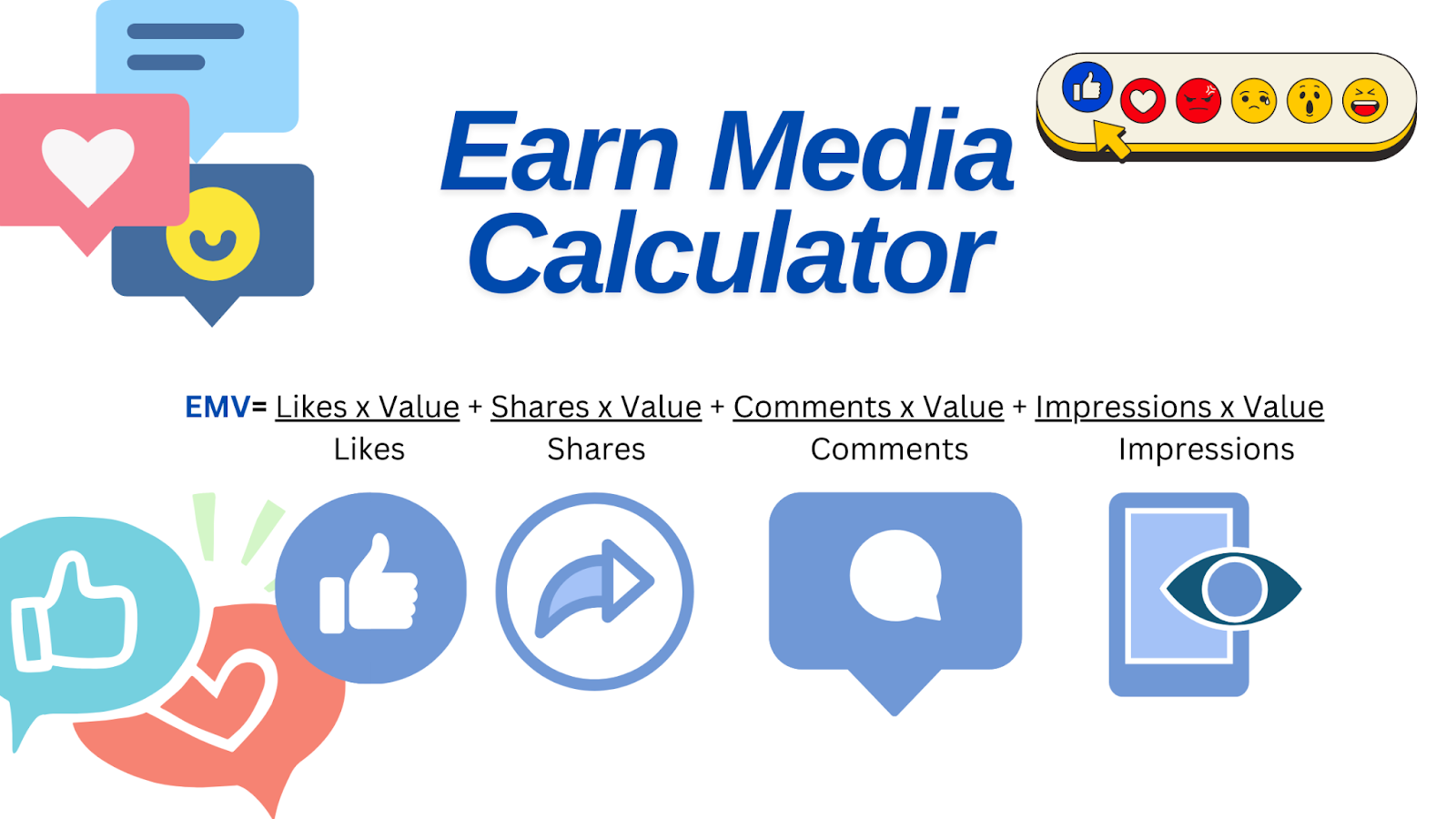
Best Viral PR Campaign Of All Time
Grimace’s Birthday At McDonald’s

The Webby Awards Winner 2024 Campaign of Grimace’s Birthday At McDonald’s by Wieden + Kennedy.
Campaign Tagline – “Purple Milkshakes To Die For”
Grimace Birthday Meal features a limited-edition purple shake inspired by Grimace’s iconic color and sweetness, a choice of a Big Mac or 10-piece Chicken McNuggets, and World-Famous Fries.
PR Campaign Benefits –
# The Grimace Shake was the top trend on Twitter for eight days.
# It was among the top three hashtags on TikTok.
# Billions in reach, millions in engagements, millions of mentions
ALS Ice Bucket Challenge

Summer 2014- the ALS Ice Bucket Challenge to raise awareness and funds for Amyotrophic Lateral Sclerosis (ALS), a progressive neurodegenerative disease that affects nerve cells in the brain and spinal cord.
Campaign Motto –
To generate a lot of awareness and funds for a good cause.
The campaign helped raise over $115 million in the US for ALS research and brought the cause to light. It made celebrities and public figures such as Oprah, LeBron James, Amy Schumer, Jeff Bezos, Bill Gates, and more come together for a useful and important cause.
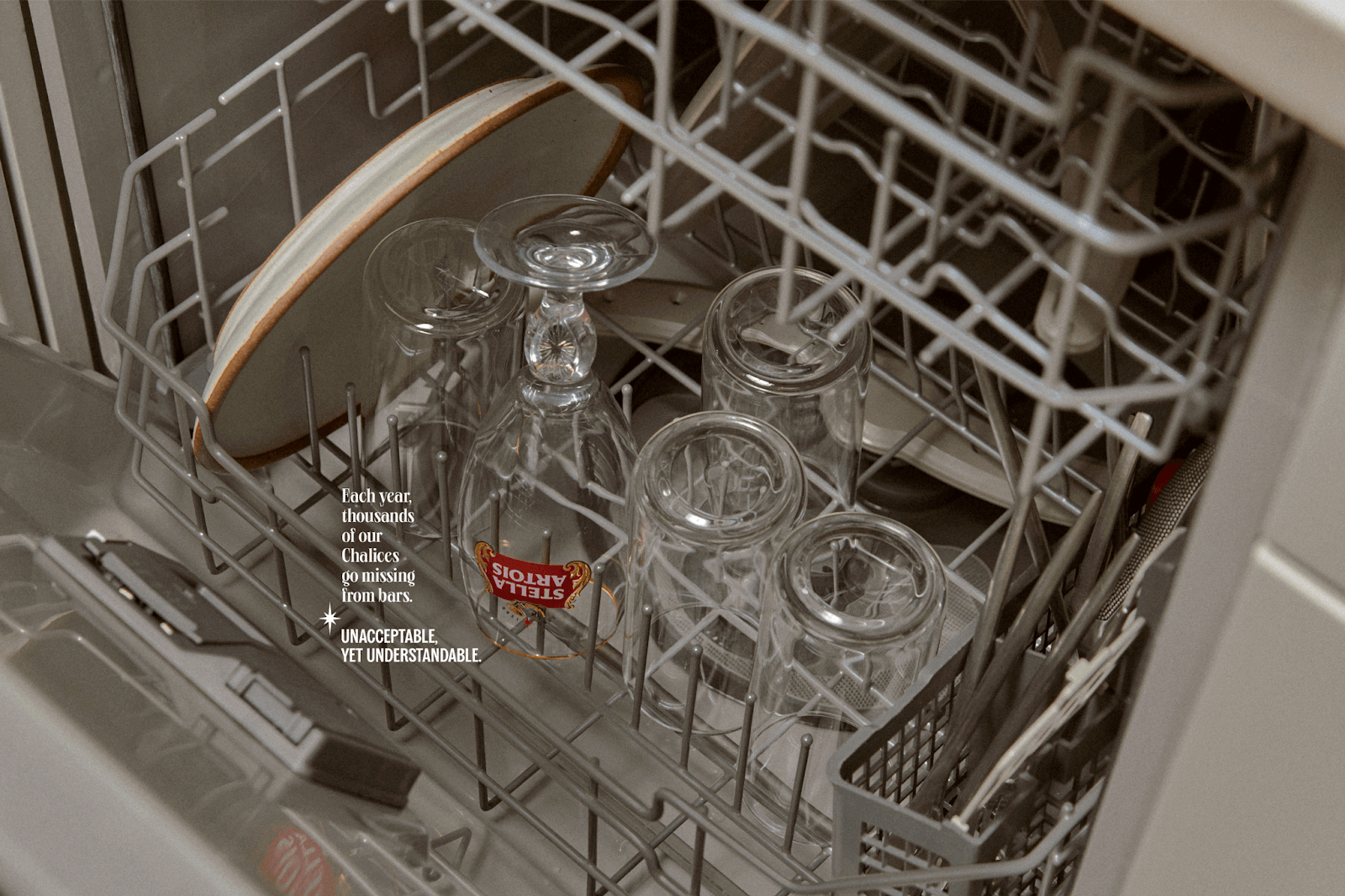
Stella Artois has taken advantage of the situation where their Chalices go missing from the bars and converted it into a campaign. This strategy helped them build an engaging advertising campaign around their clothing line that helps consumers steal chalices easily.
Campaign Tagline – “Unacceptable but understandable”
Campaign Motto – Creatively embracing its peculiarities and using them to their advantage. The campaign also builds a feeling of community among customers who can’t resist the chalice’s appeal.
Snickers uses slogans as a part of their branding tactic. Their slogan – “ You’re Not You When You’re Hungry,” is such a simple sentence that is associated with the brand to date.
Their strategy has made them stand out from the rest of the chocolate brands in the industry.

PR Campaign Benefits
#They went viral not only because of their ad but also because they were the first to use slogans in their advert.
Valentine Campaign Tagline
“You’re Forgetful When You’re Hungry”
Campaign Design
Their creative slogans made funny adverts where actors act differently or change characters because they’re hungry. But once they have a Snickers bar, they are back to their normal self.
Not Meeting PR Goals? Here’s Probably Why!
After carefully researching and analyzing for some time, we realized that there are certain factors that prevent your campaign from meeting the desired goals.
We figured that you might want to know about these obstacles so that you can rectify them before it’s too late.
Reason – Being Inconsistent With Communication
When different teams are working simultaneously in an organization, it sometimes leads to miscommunication and inconsistency.
Besides that, poor communication with the audience is also AN ISSUE that can damage a brand’s reputation and weaken the whole system.
For Example
In 2014, Yahoo suffered a massive data breach affecting over 500 million accounts. Despite knowing about the breach, the company remained silent for years, announcing it only after another breach compromised an additional 500 million accounts. This lack of transparency caused significant damage. Yahoo’s reputation suffered, leading to a loss of user trust and market value.
By not telling people about the problem right away, Yahoo made things even worse. This shows that being honest and open is important when facing difficulties.
Solution – Collaborative Communication
With a few changes and collaboration, teams can share information, align goals, and coordinate messages to build a unified front. Some key steps to ensure clear communication are –
- Scheduling frequent meetings to ensure everyone’s accountability.
- Creating a “single source of truth” for key messages and brand guidelines.
- Leveraging the strengths of each team to end consistent messages to the audience.
Reason – Targeting The Wrong Media
One key reason why public relations (PR) efforts often fail to meet expectations is the improper targeting of media outlets that don’t align with the brand’s goals, audience, or message.
Choosing the right media partners is crucial to ensuring that the intended audience receives the PR messages effectively.
When PR teams focus on the wrong channels or publications—ones that don’t resonate with the target demographic or fail to generate meaningful engagement—these efforts can miss the mark, wasting both time and resources.
For Example
Pepsi’s 2017 ad featuring Kendall Jenner is a prime example of targeting the wrong media. The campaign, attempting to align with social justice movements, was released through mainstream channels but misjudged the tone and relevance for its intended audience.
Instead of connecting with socially conscious groups, it sparked backlash for trivializing important issues.
Pepsi’s choice of media and celebrity—Kendall Jenner—was seen as tone-deaf, demonstrating how a mismatch between message, medium, and audience can derail a PR campaign.
Solution – Refining Your Media Targeting
To effectively target the right media outlets, conduct thorough research to identify publications and journalists that align with your target audience and editorial style.
This involves analyzing each publication’s focus, tone, and preferred content formats.
By understanding their editorial guidelines, you can tailor your pitch to highlight the aspects of your story that resonate with their interests and audience, increasing the likelihood of your pitch being accepted.
Verify contact information to ensure you’re reaching the correct journalist or editor.
Finally, follow up politely if you don’t receive a response.
Doing only a little work on digital PR every week won’t give you satisfactory results unless you dedicate time and energy to being consistent and efficient.
